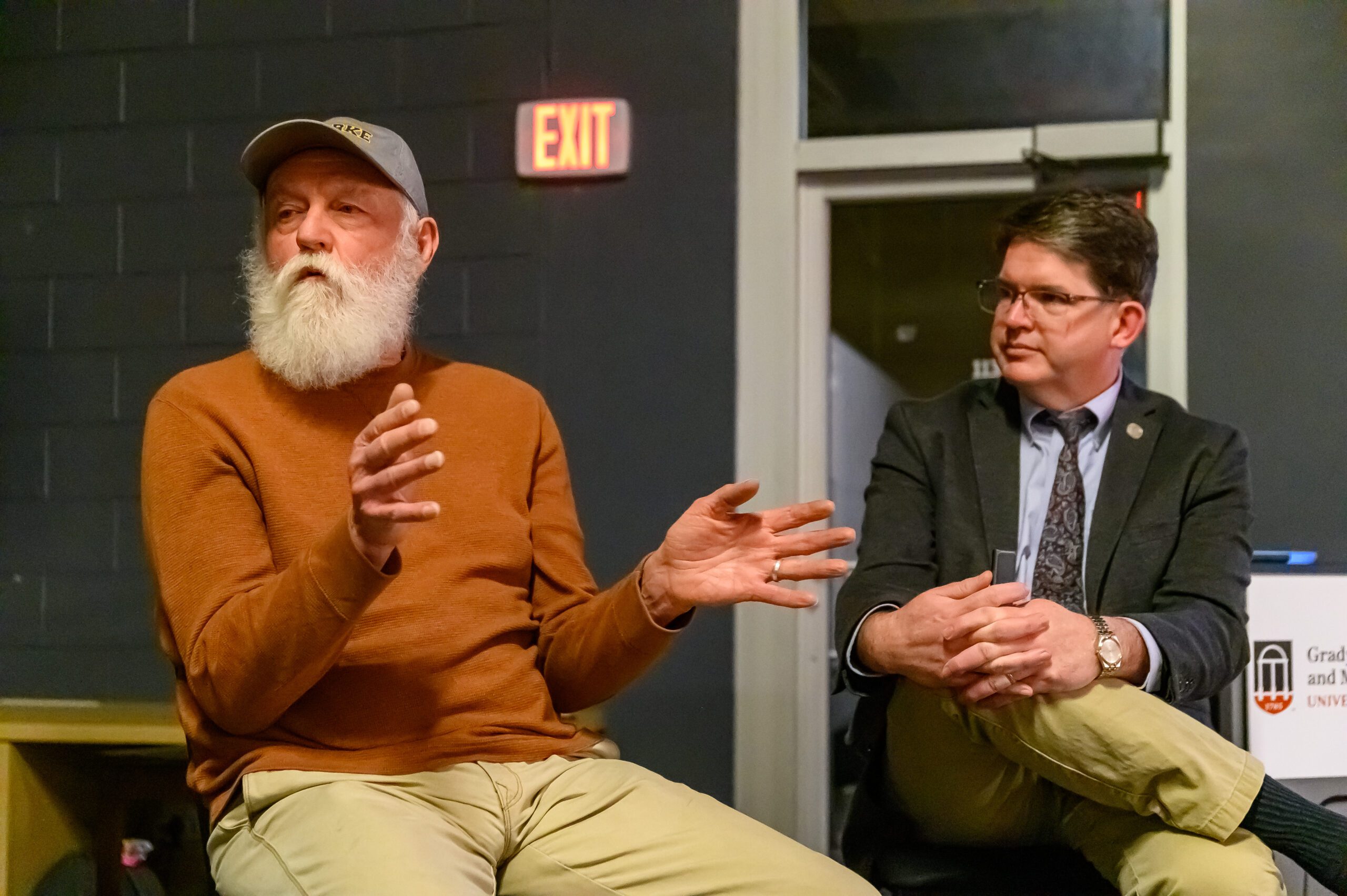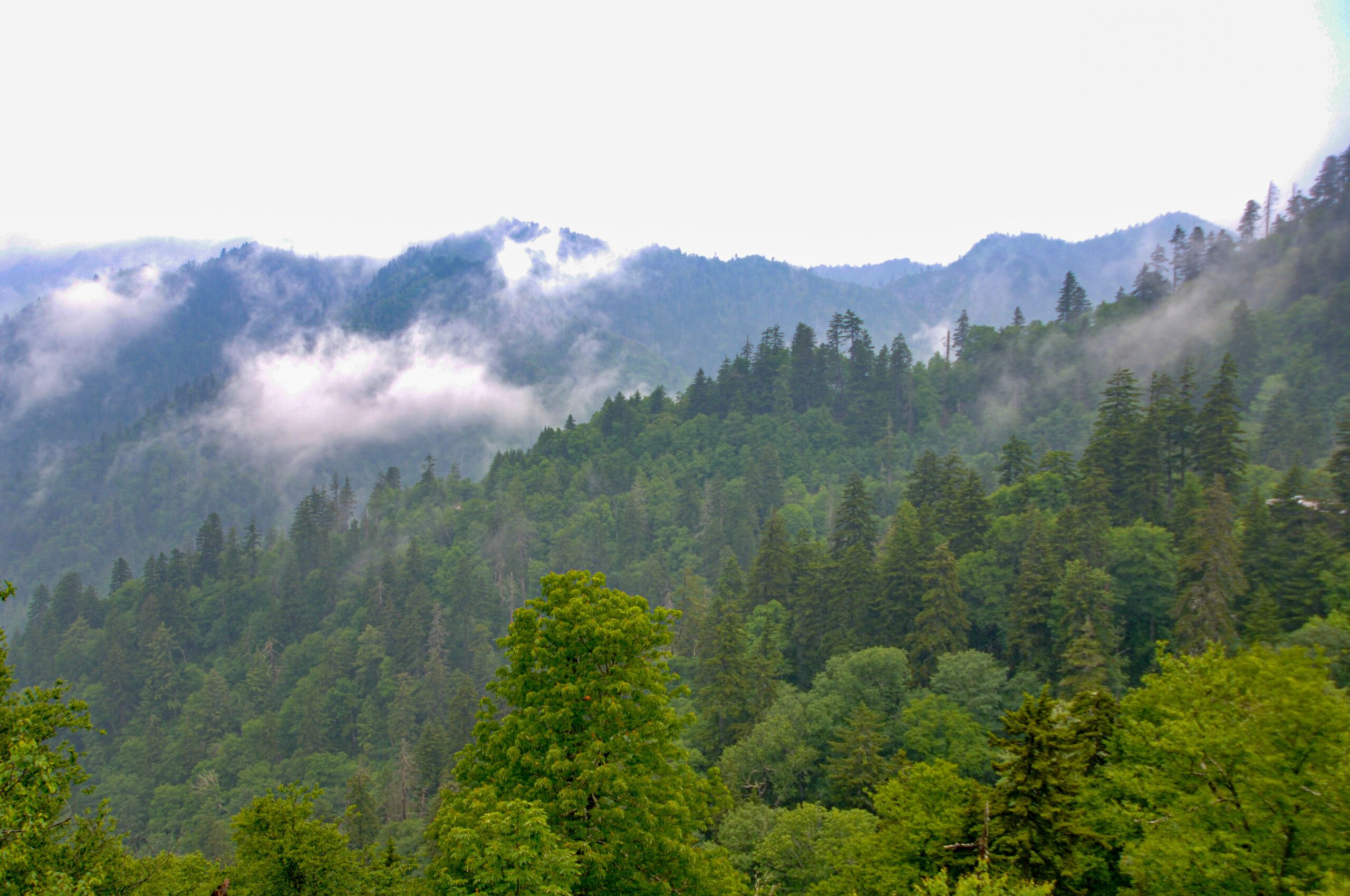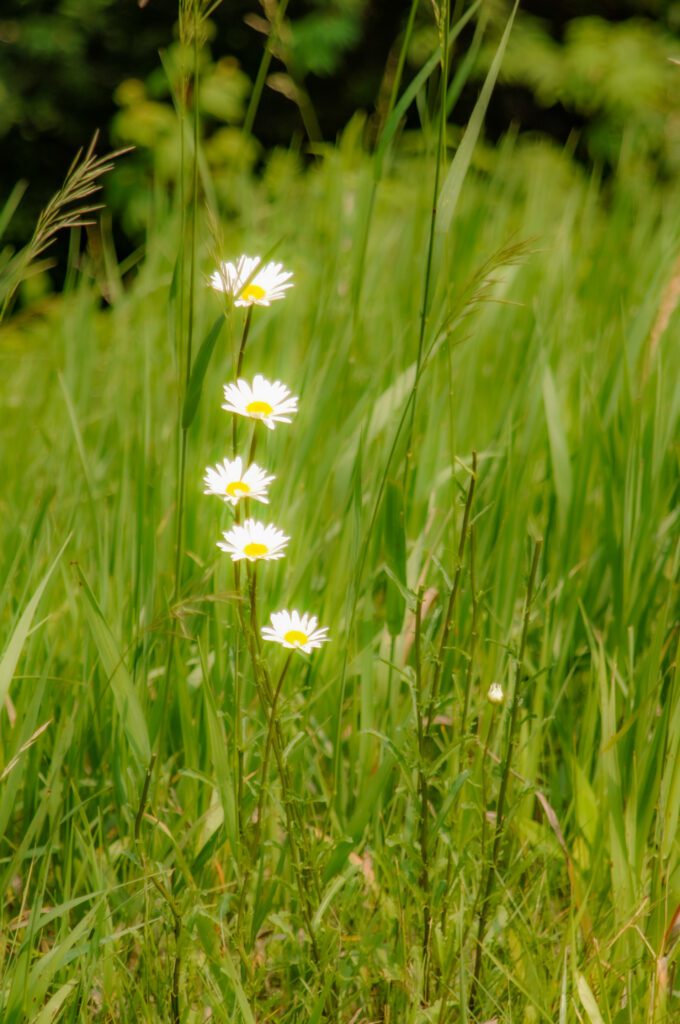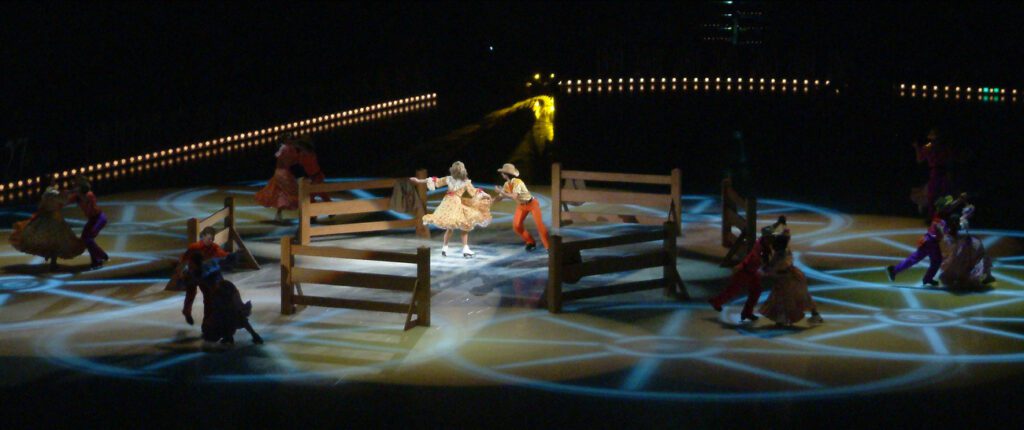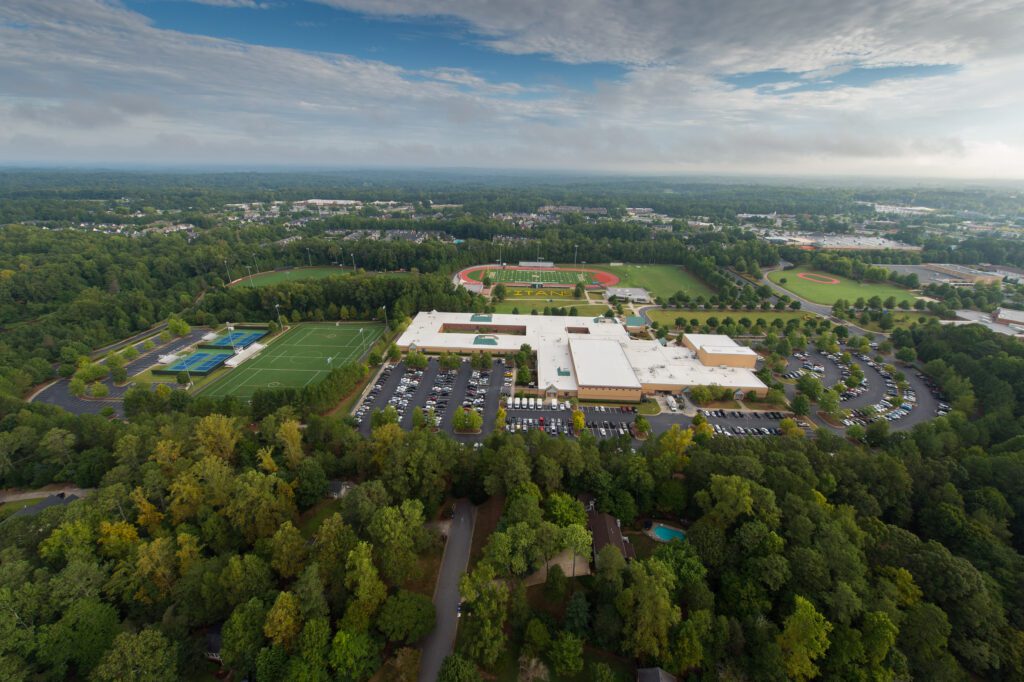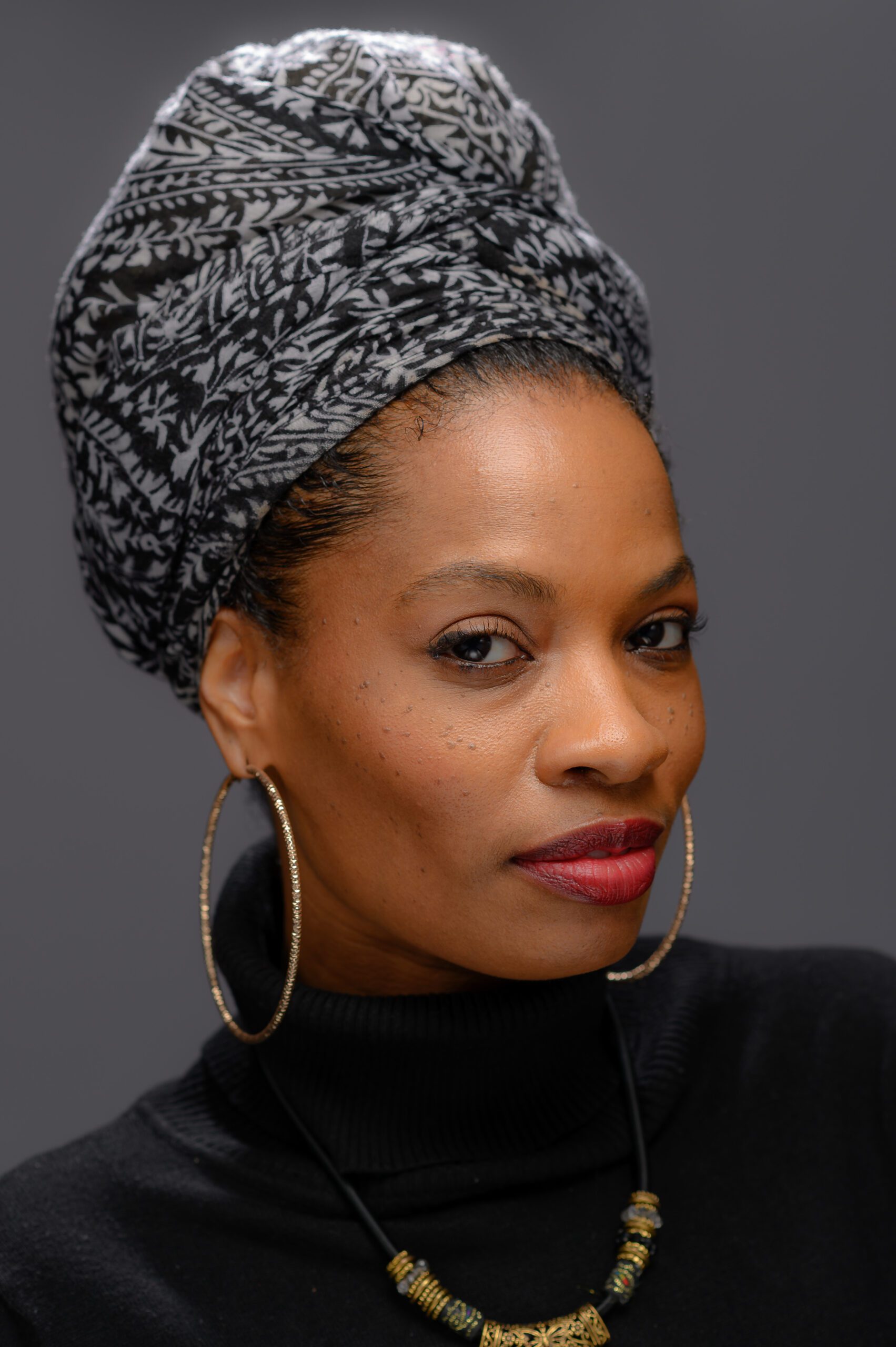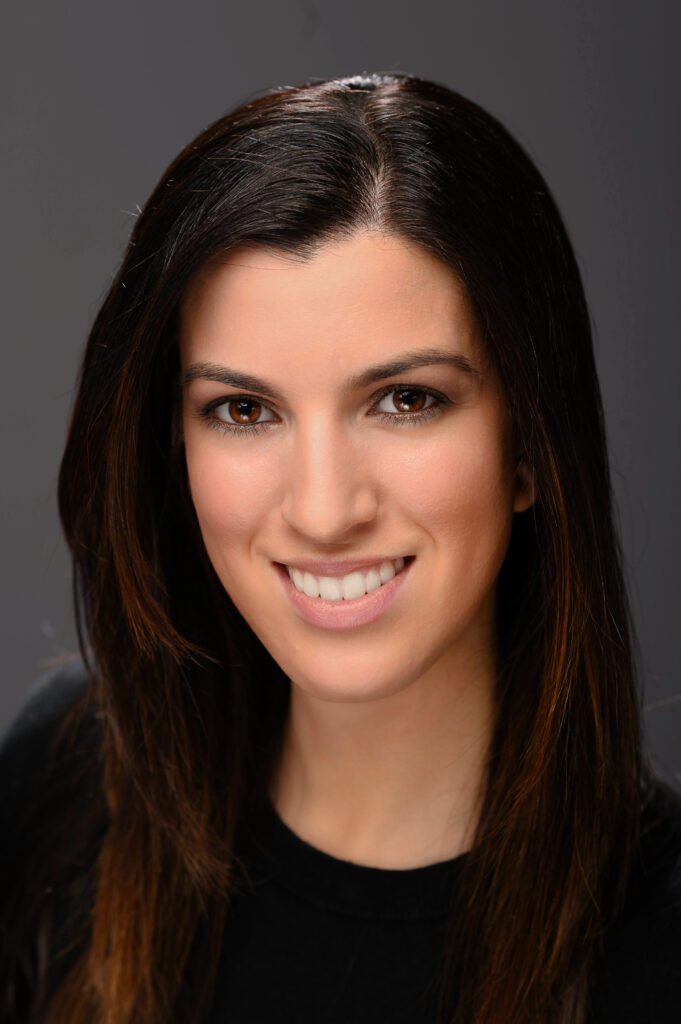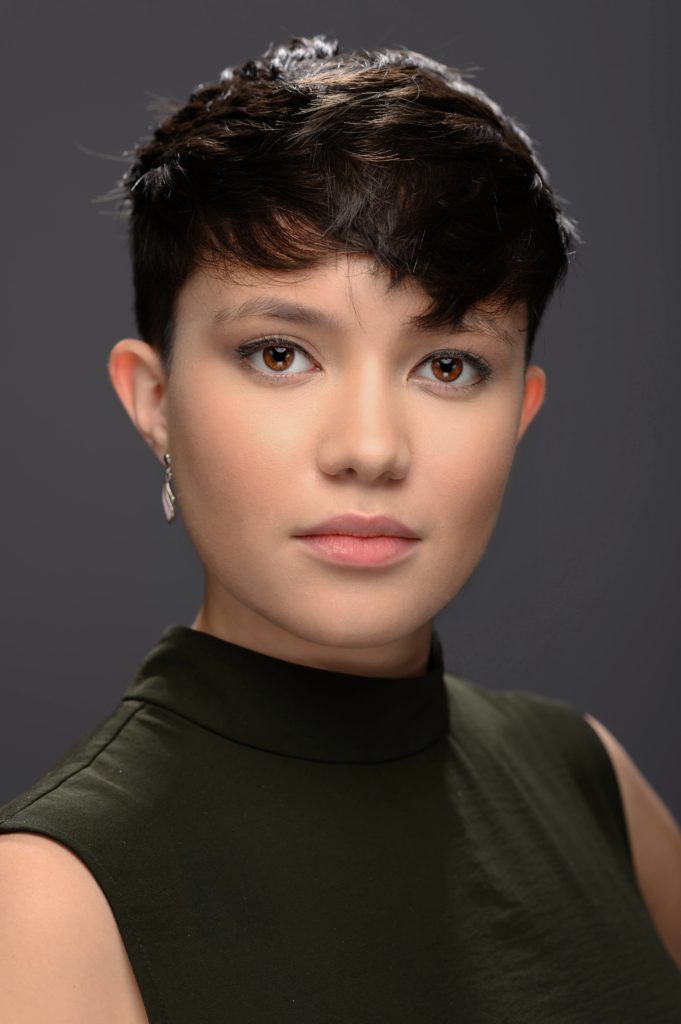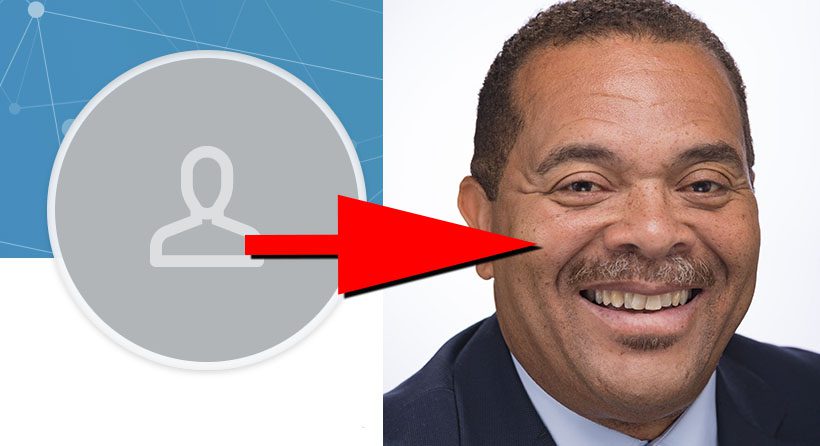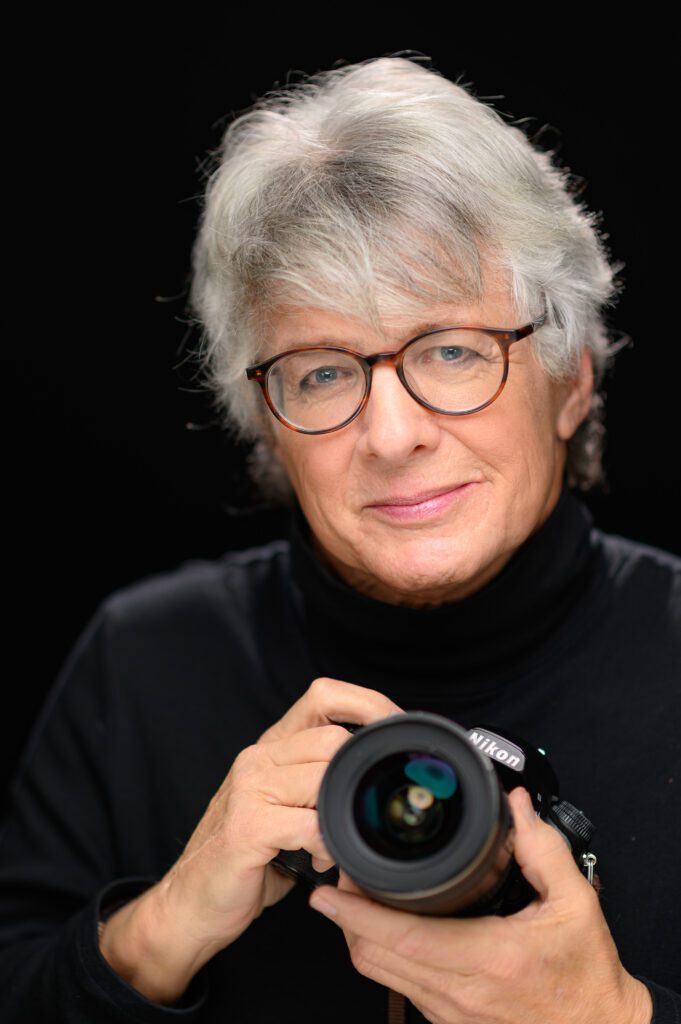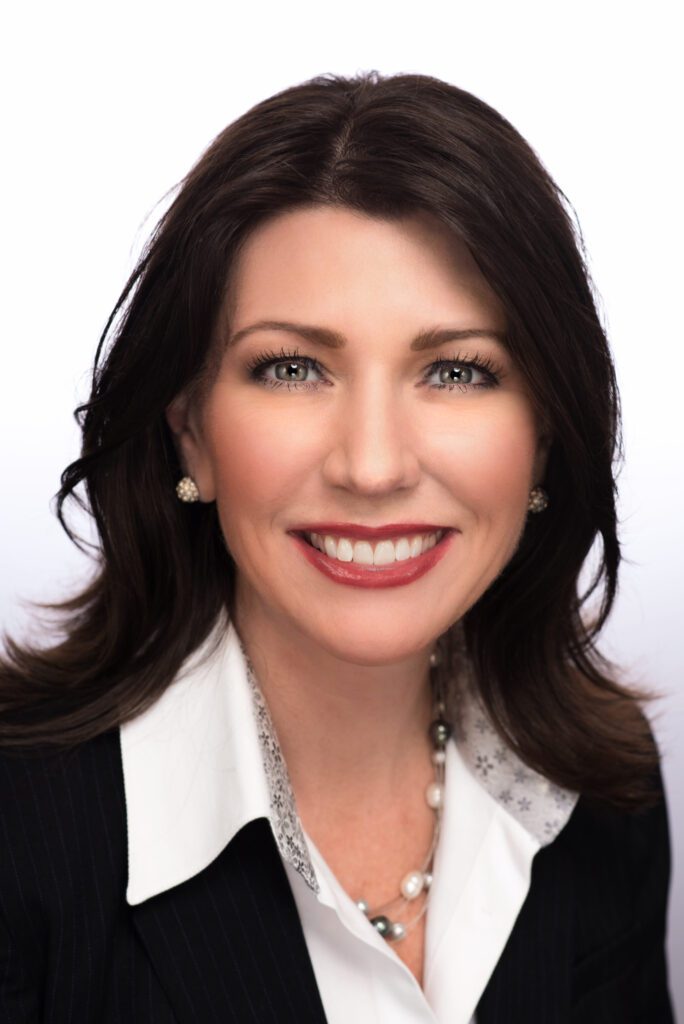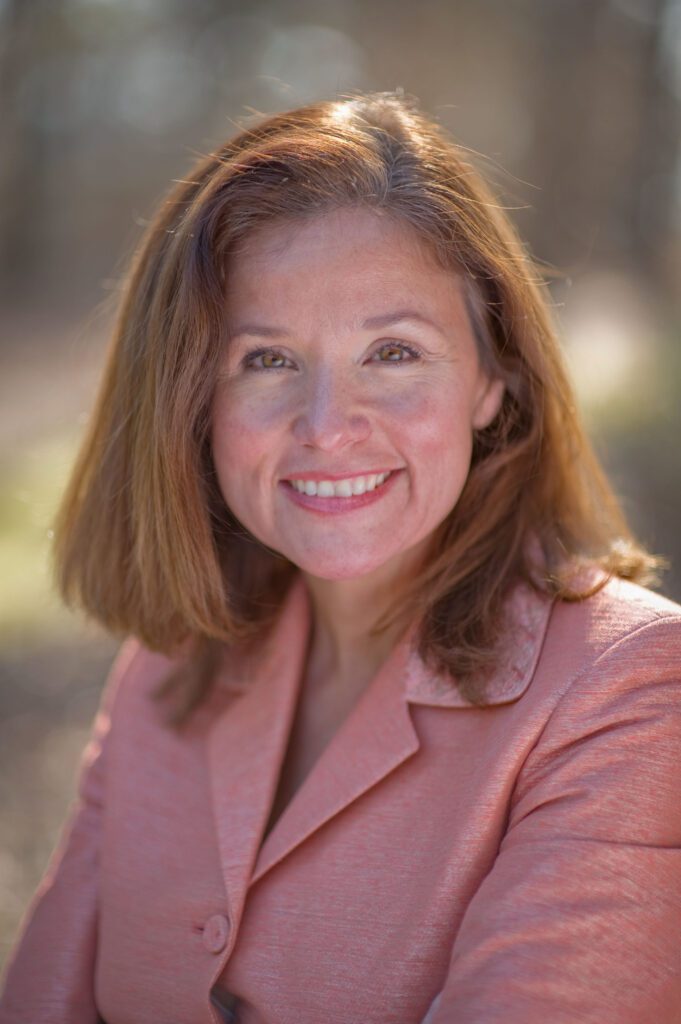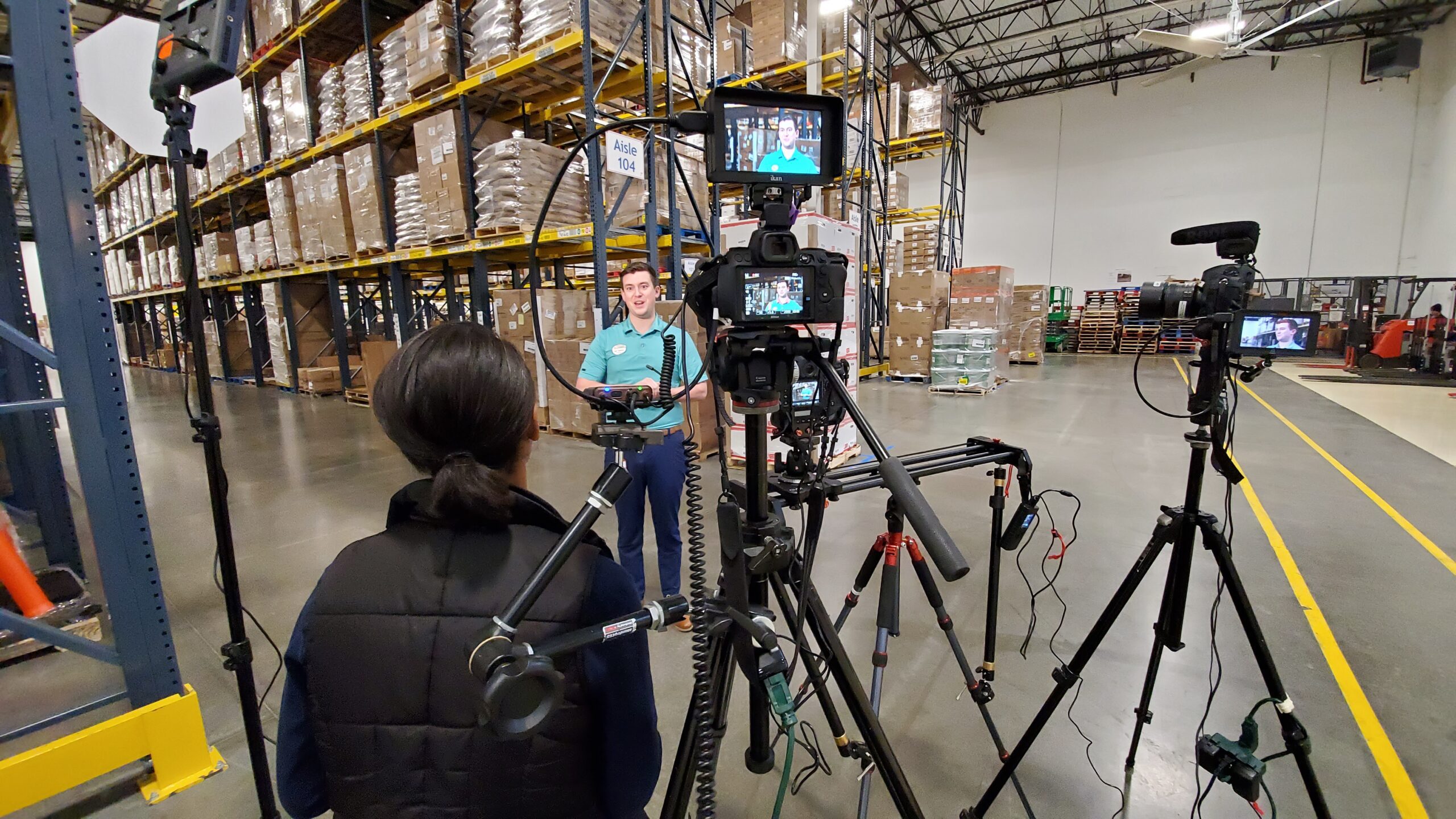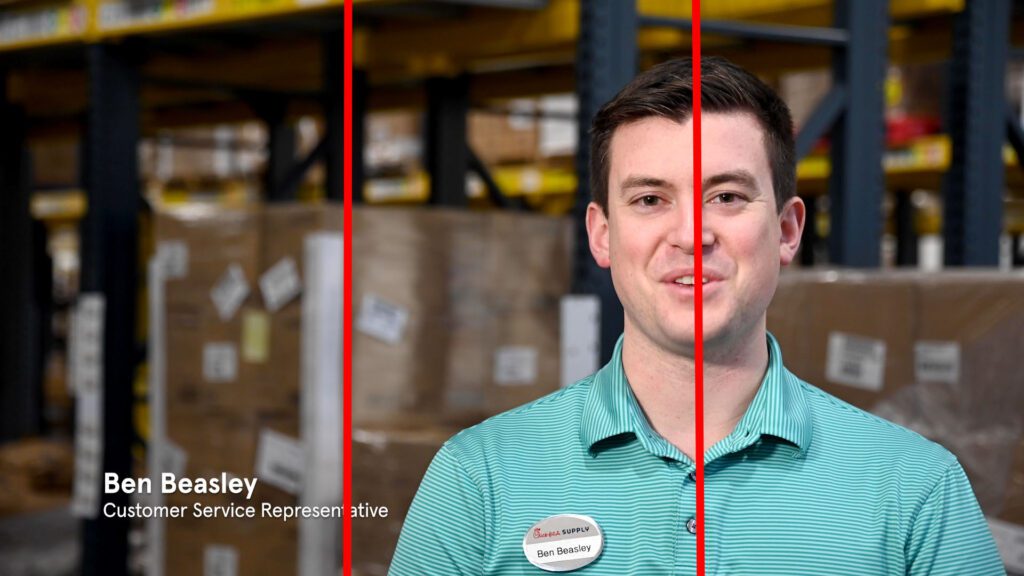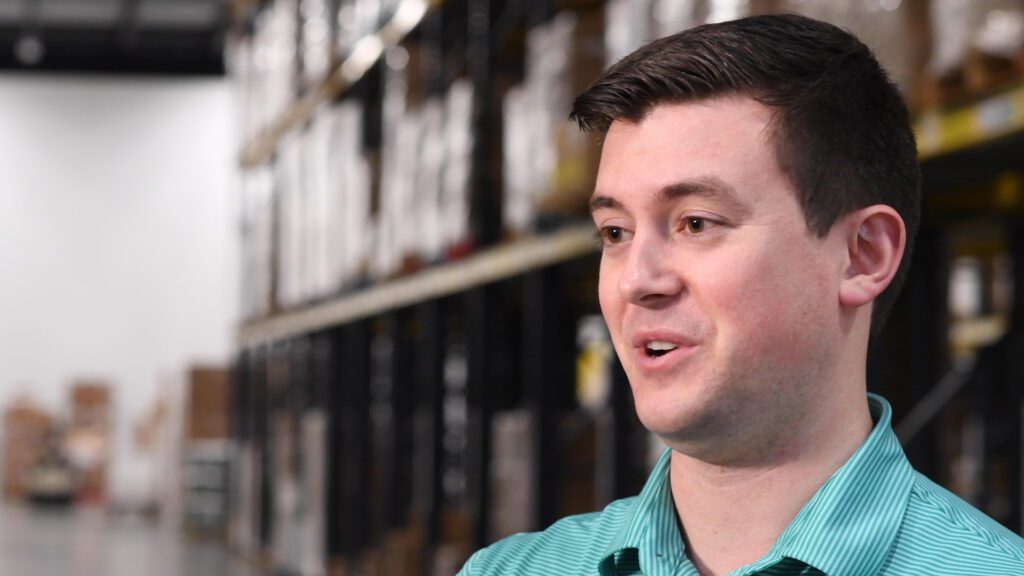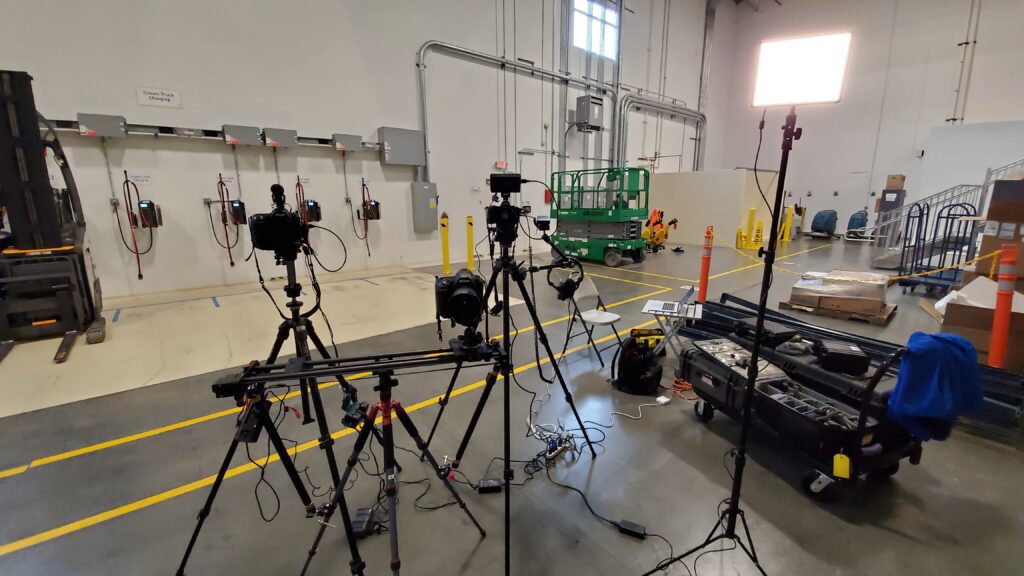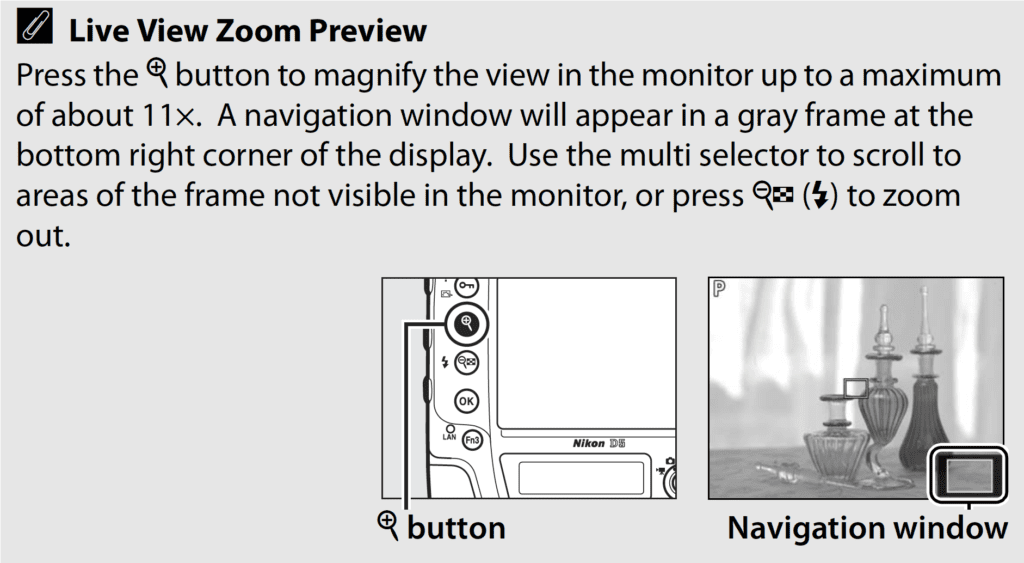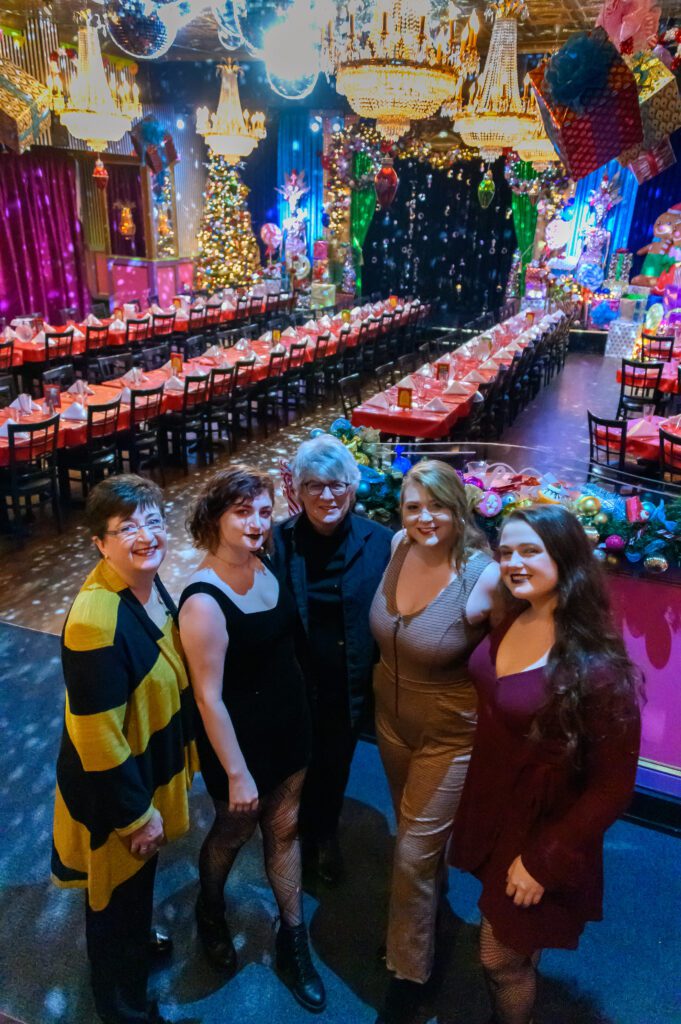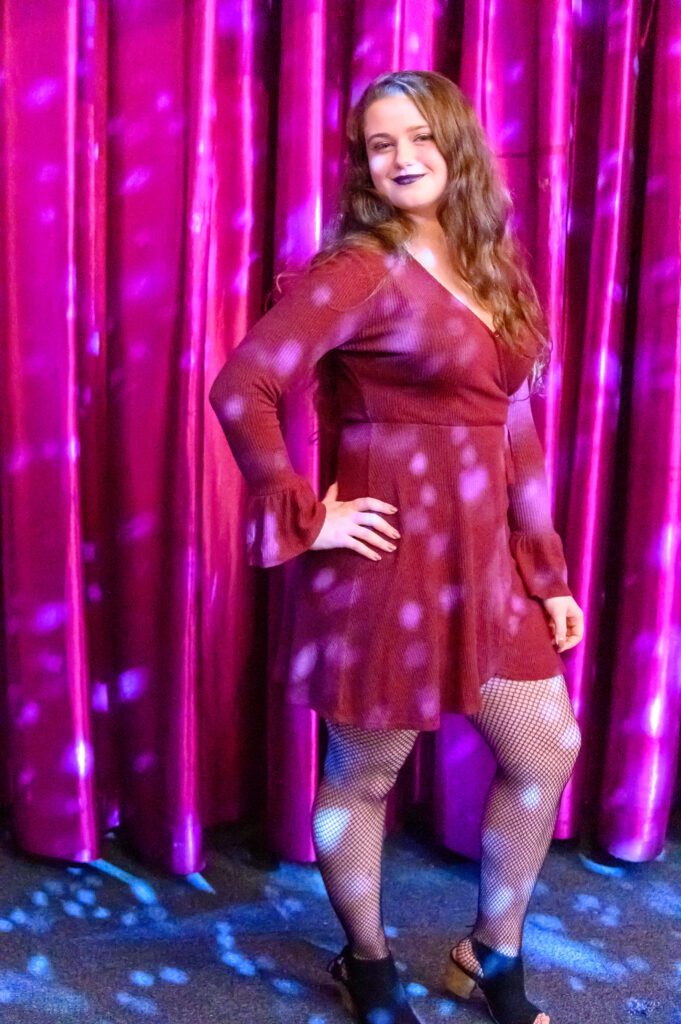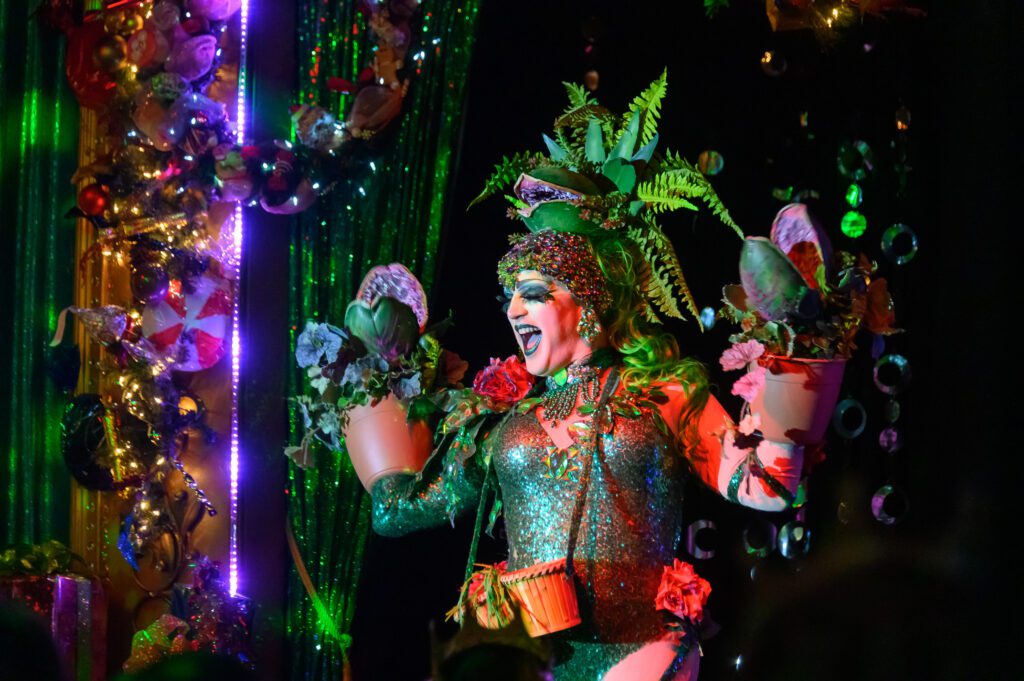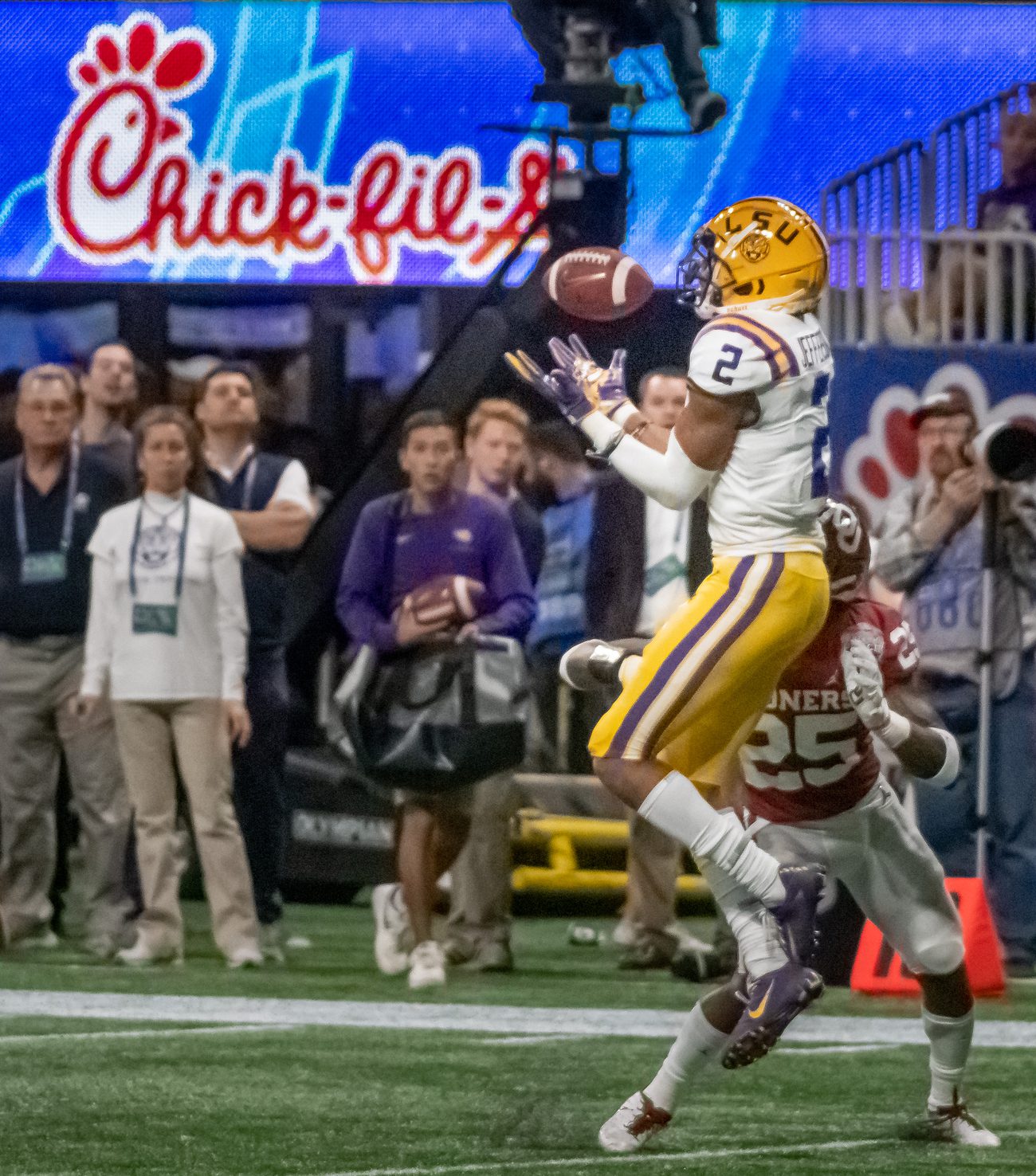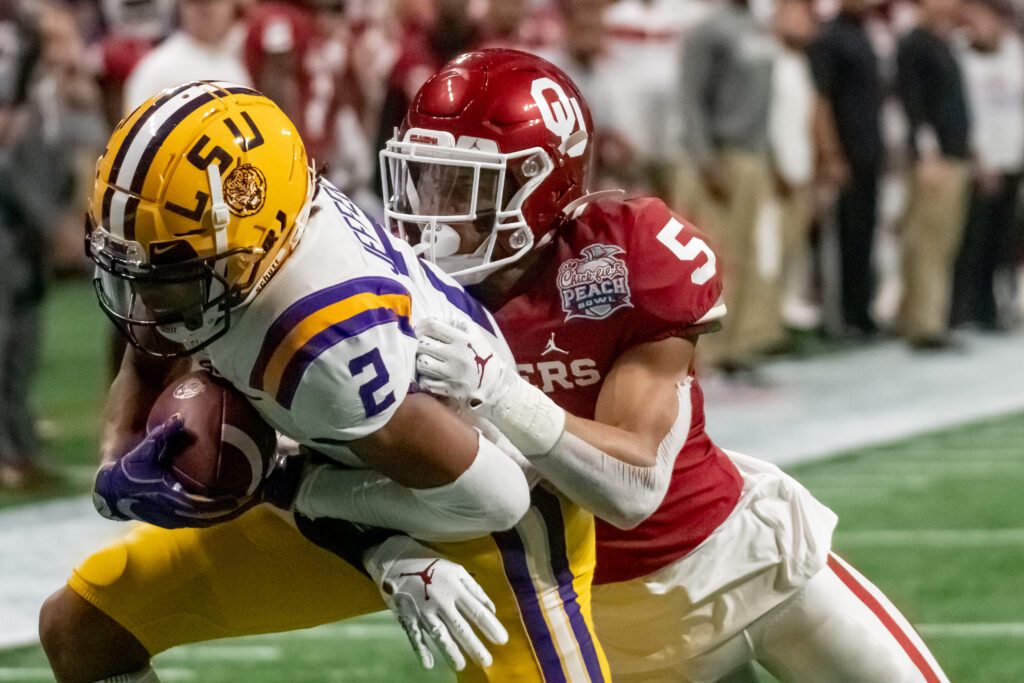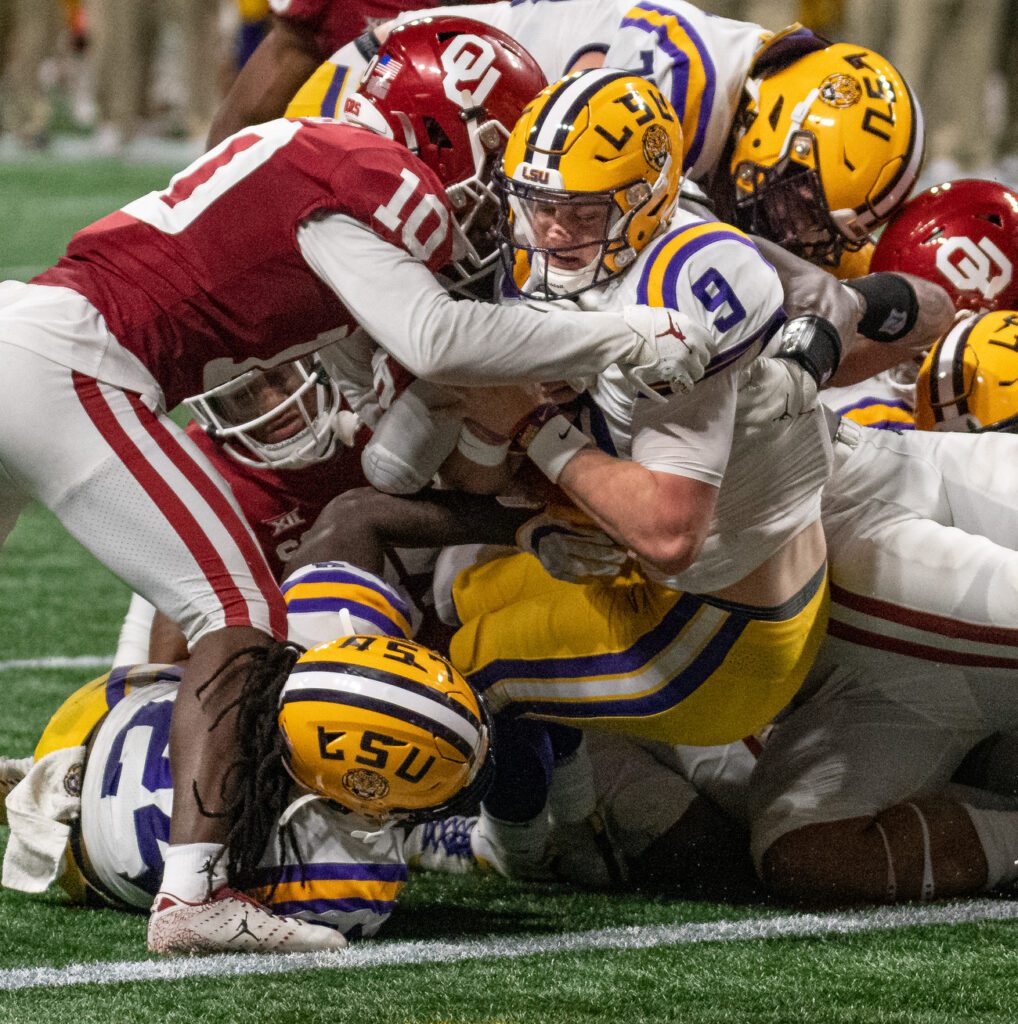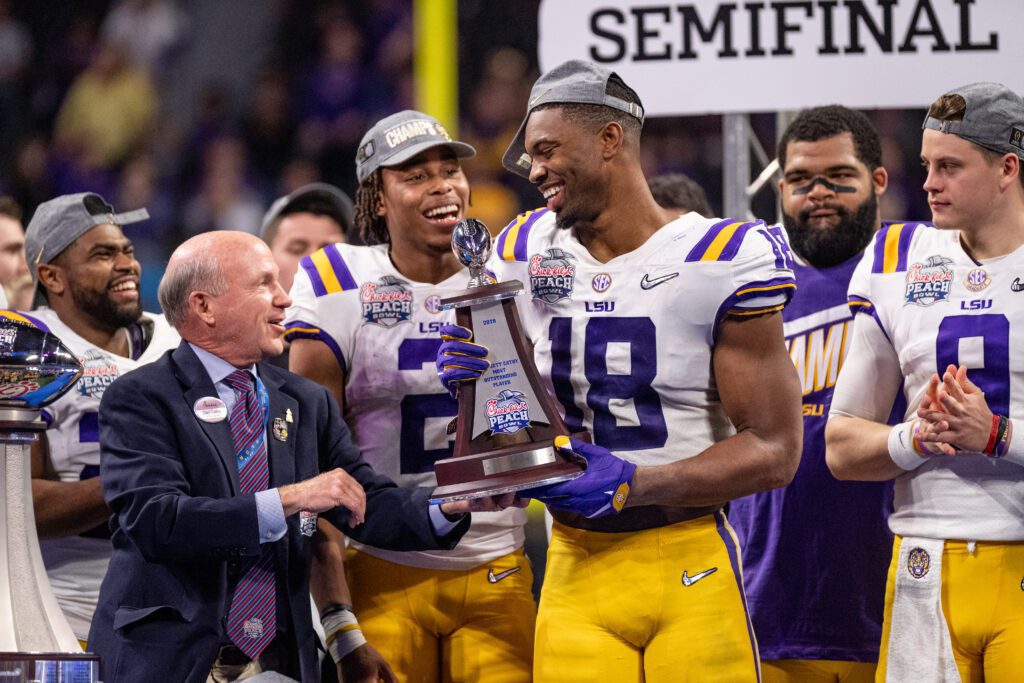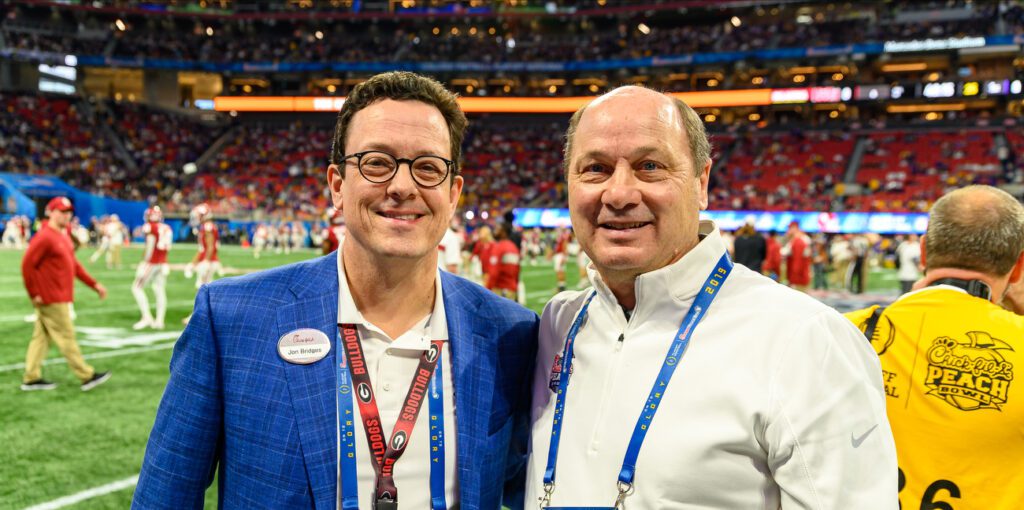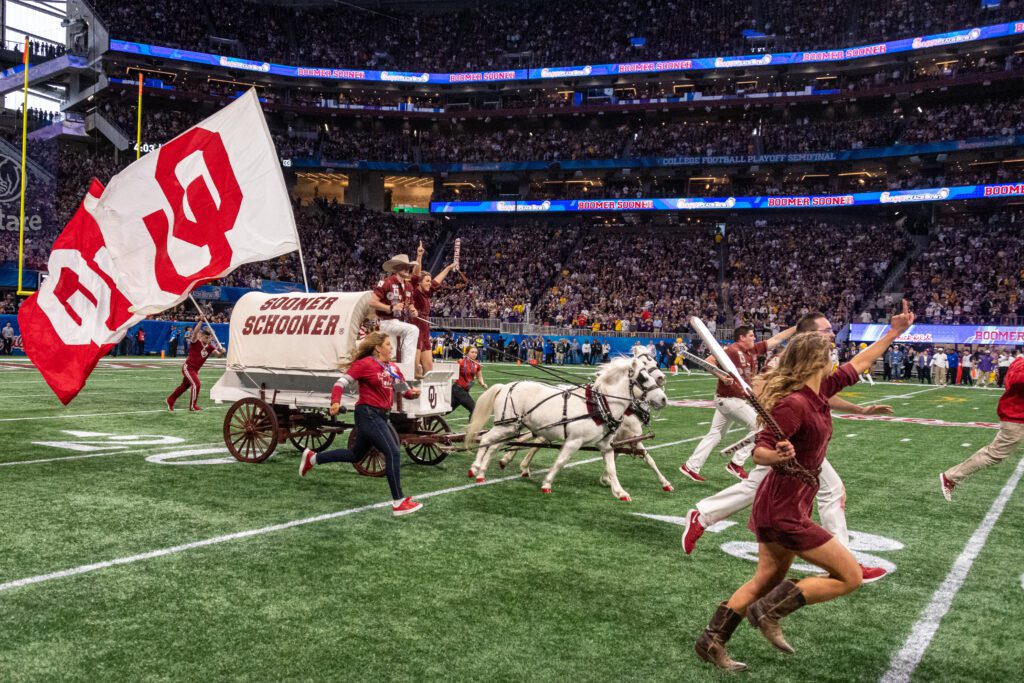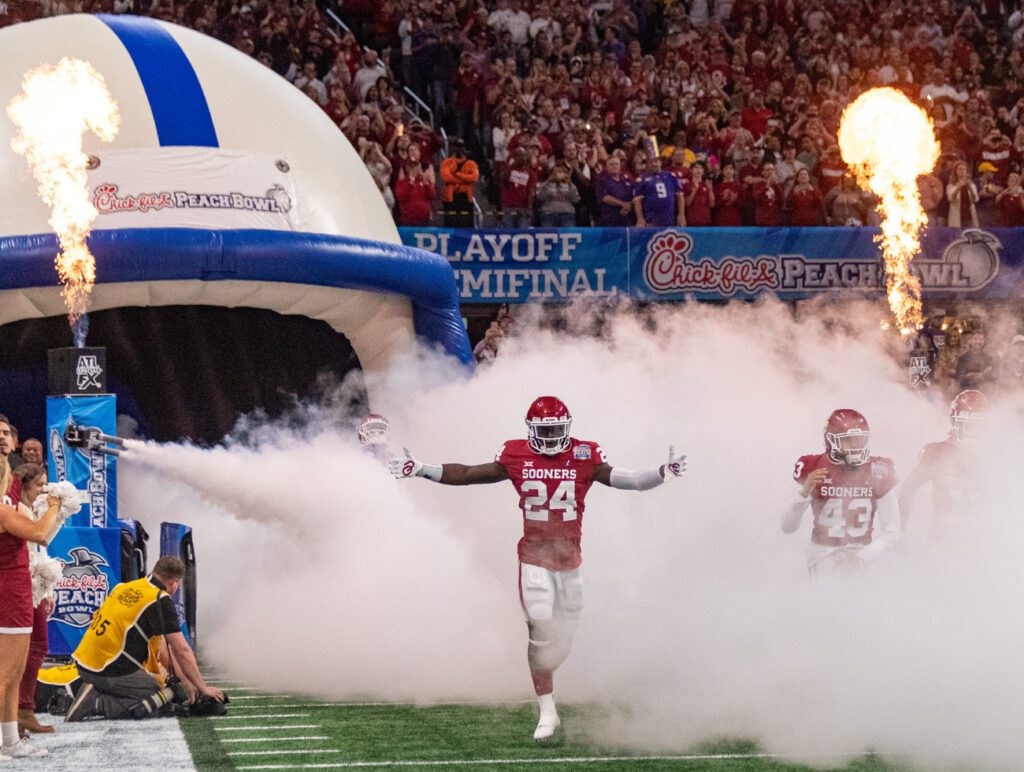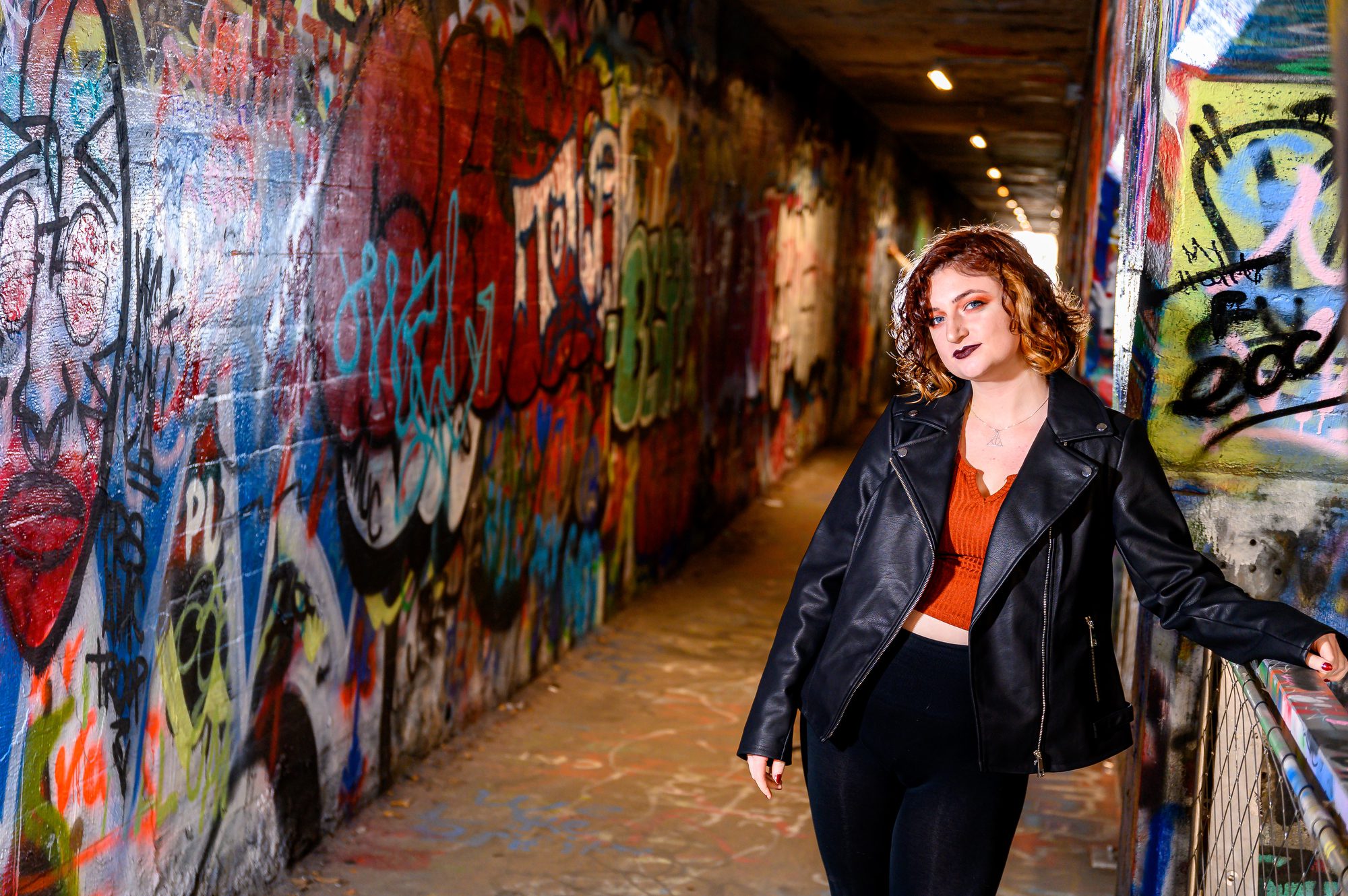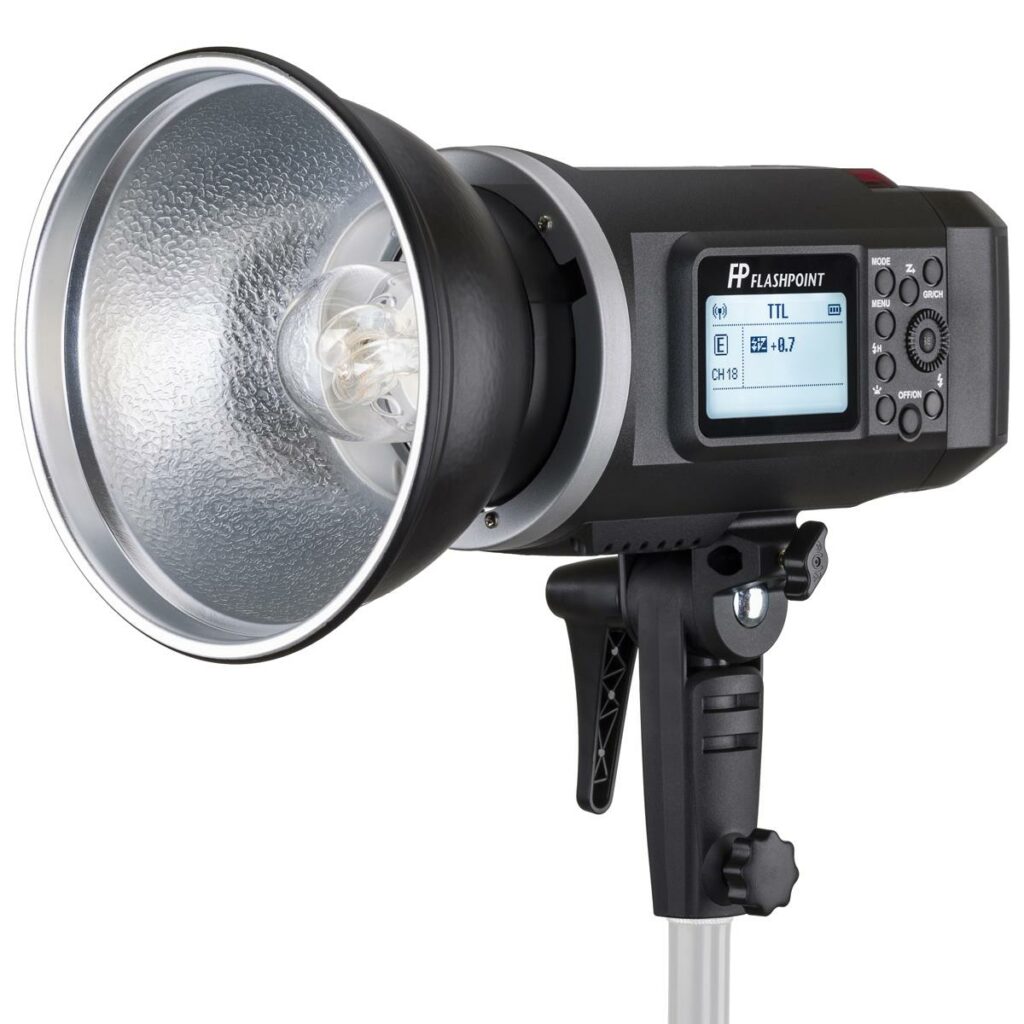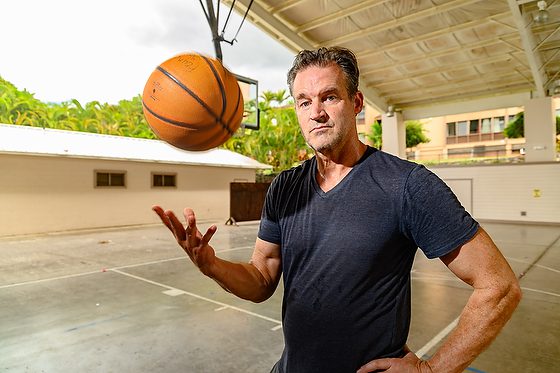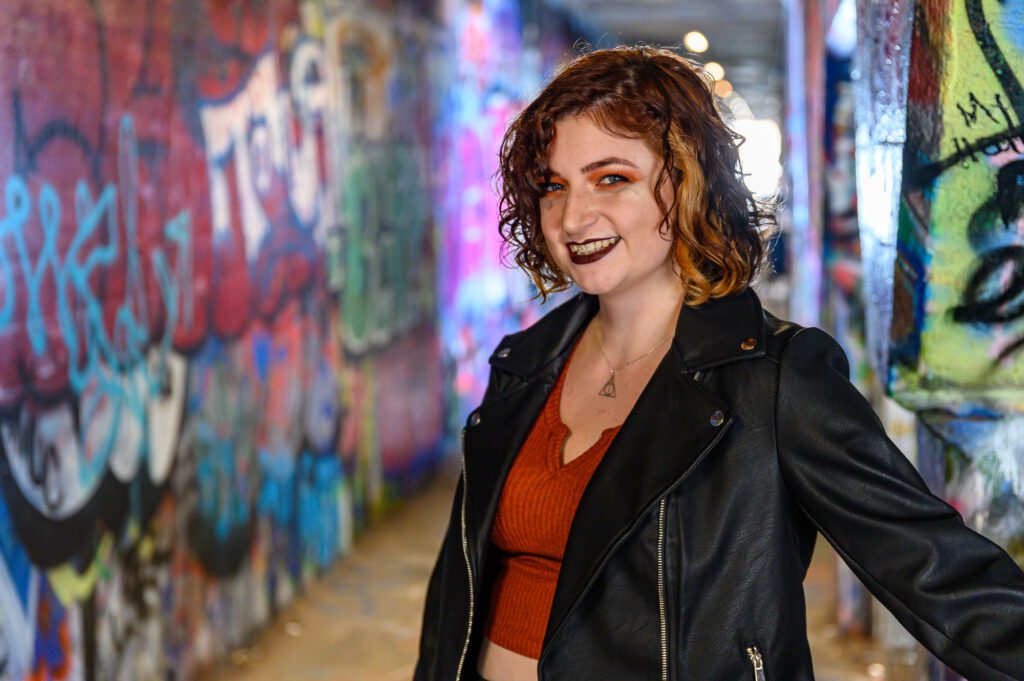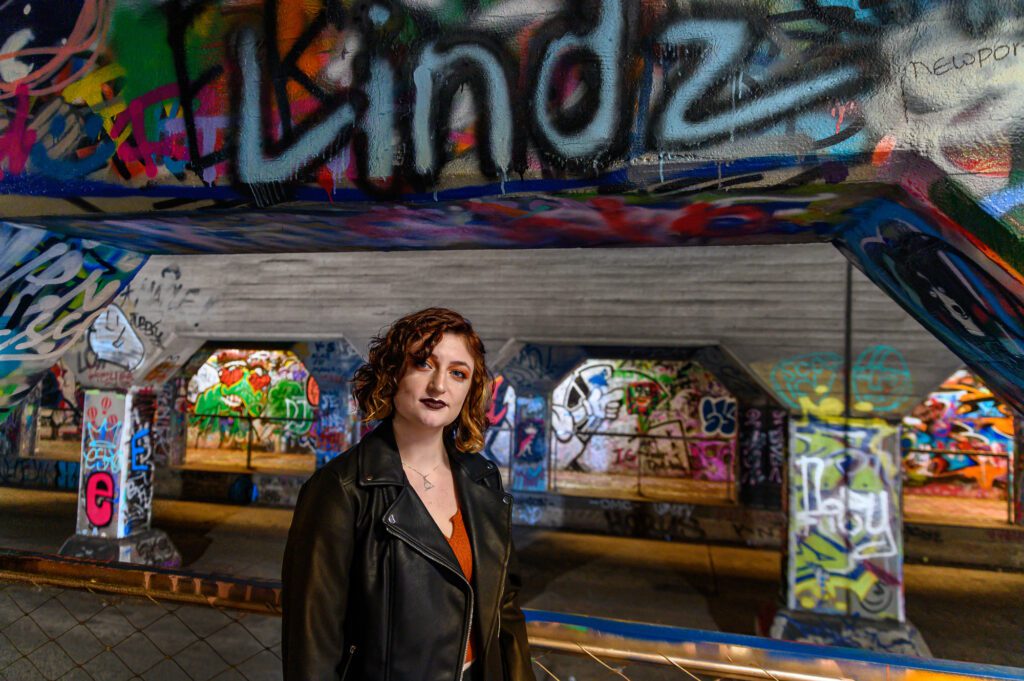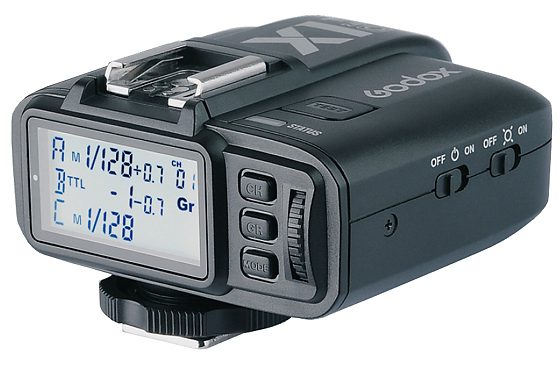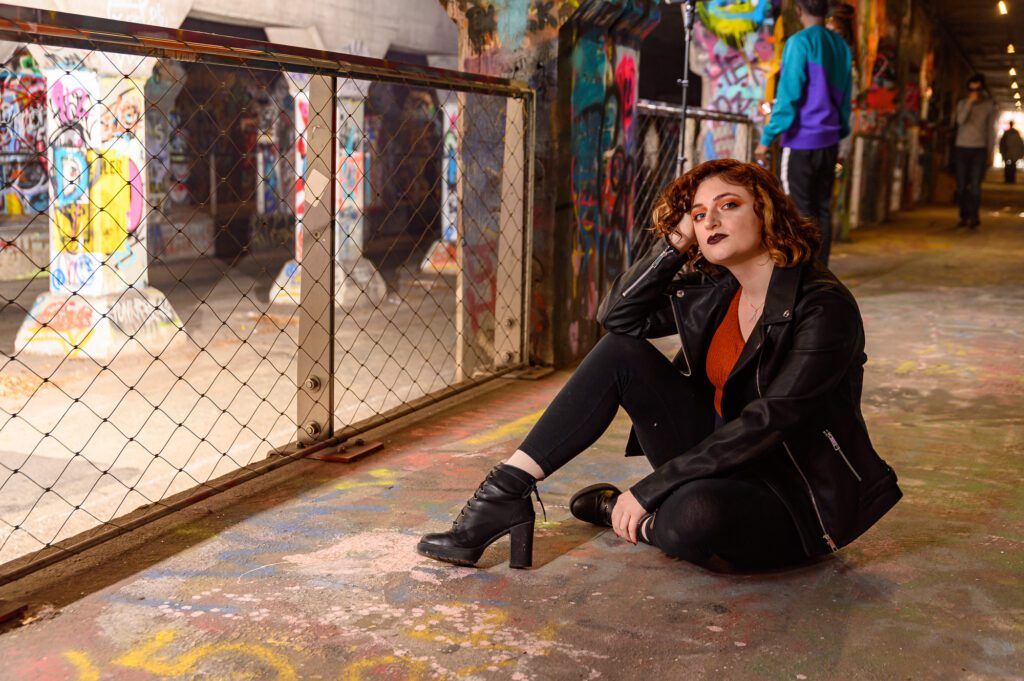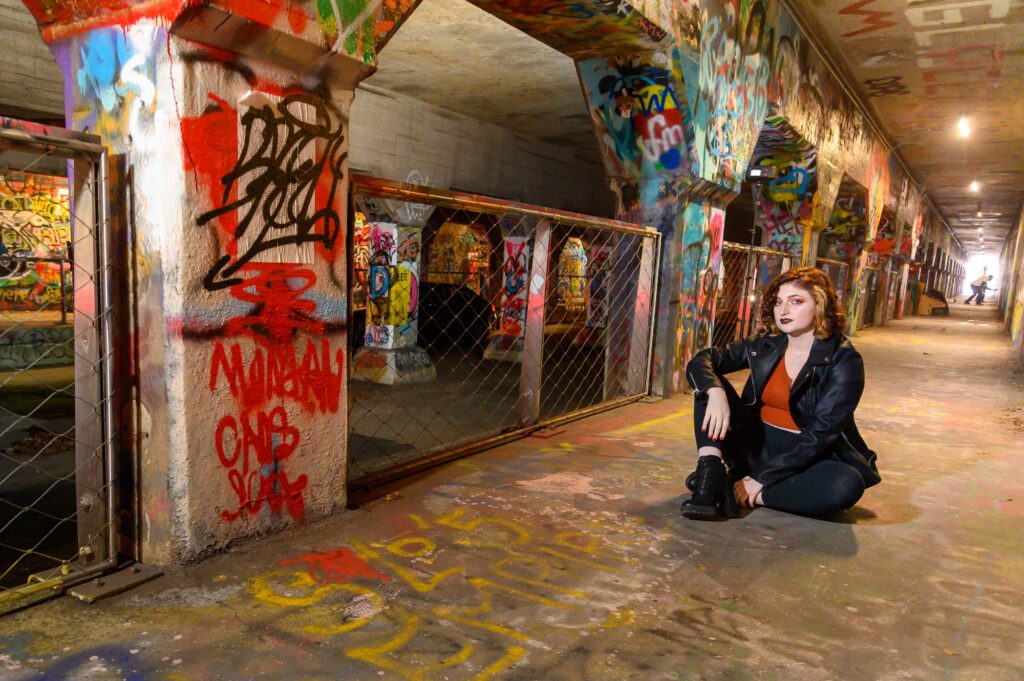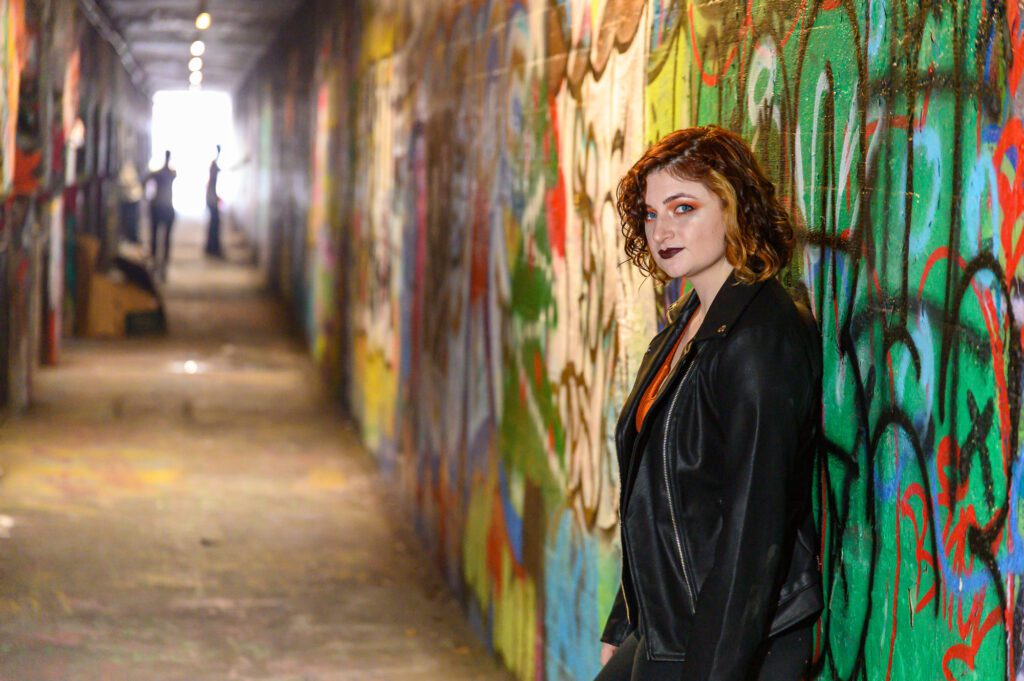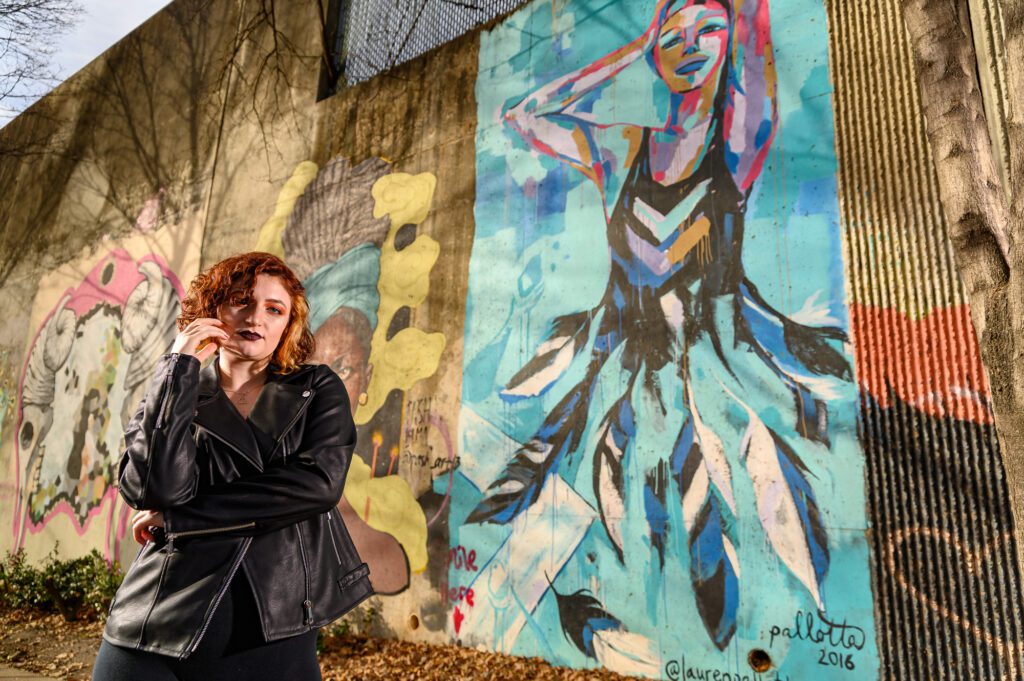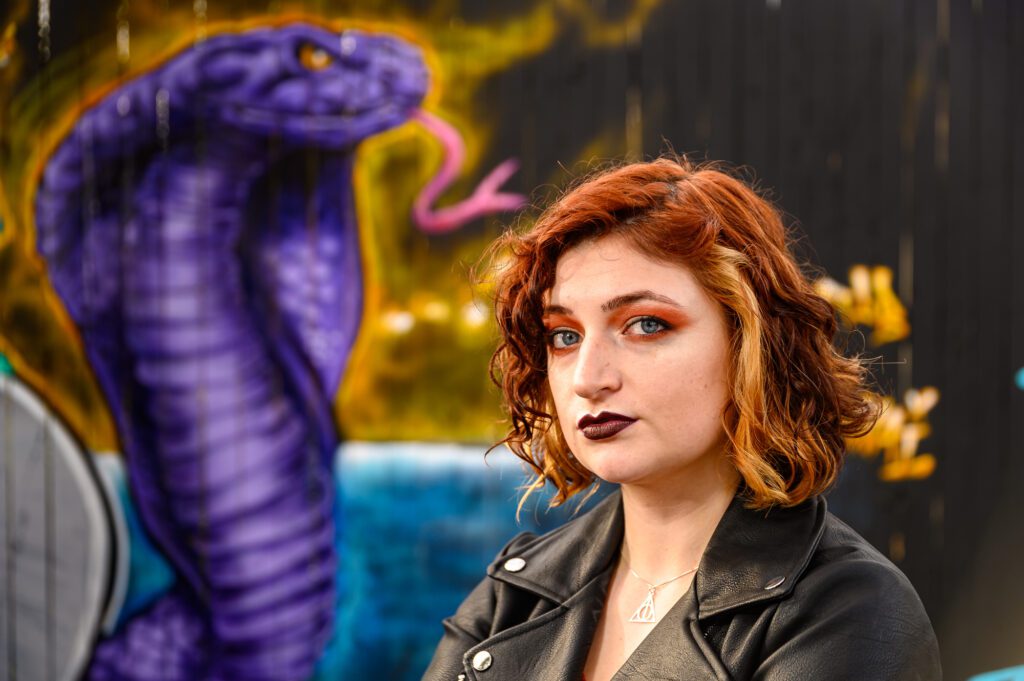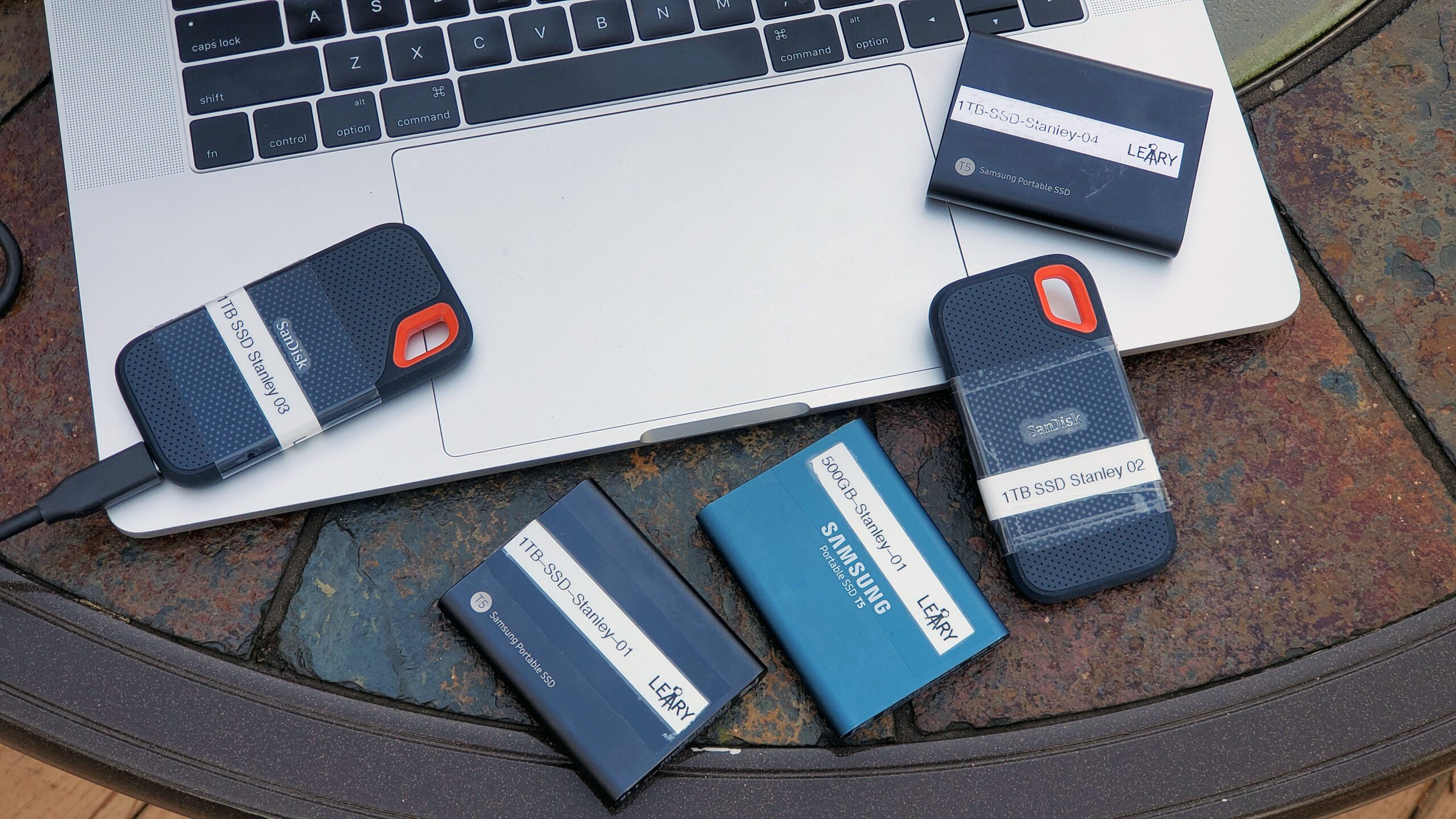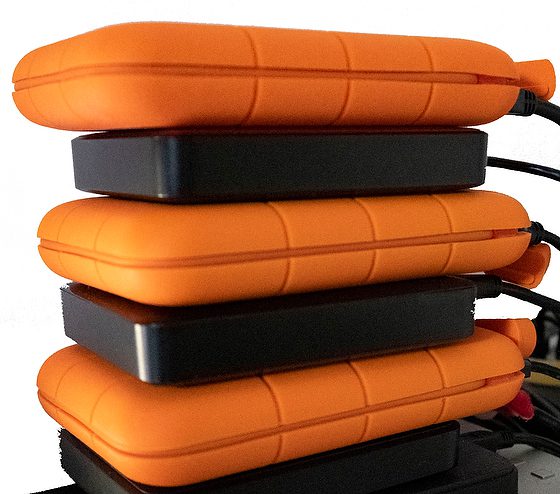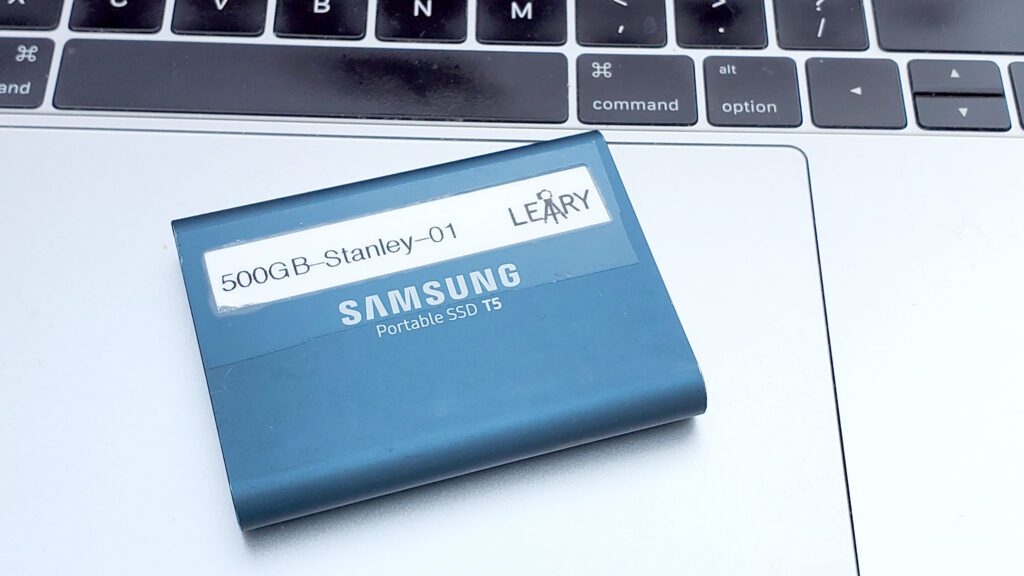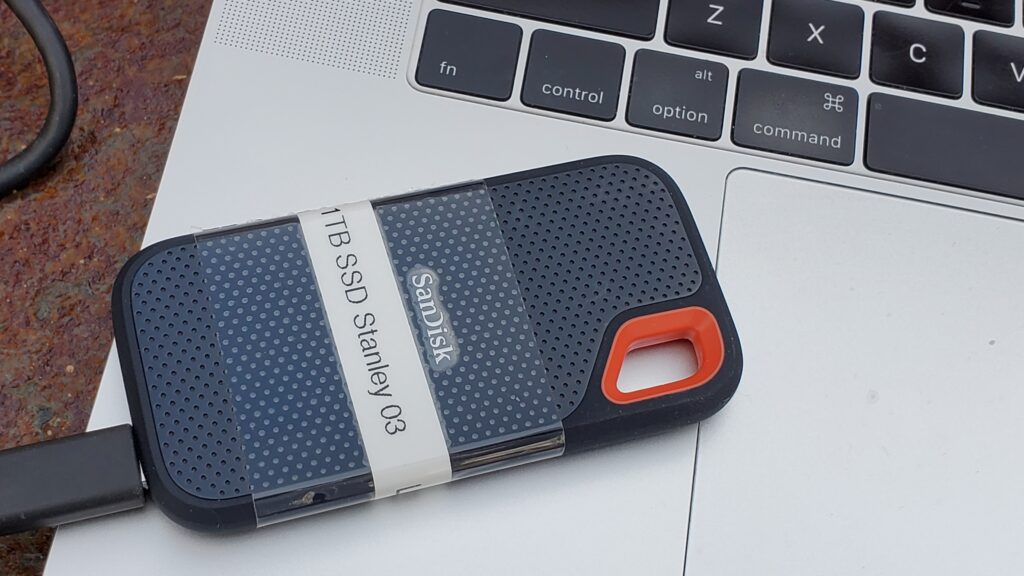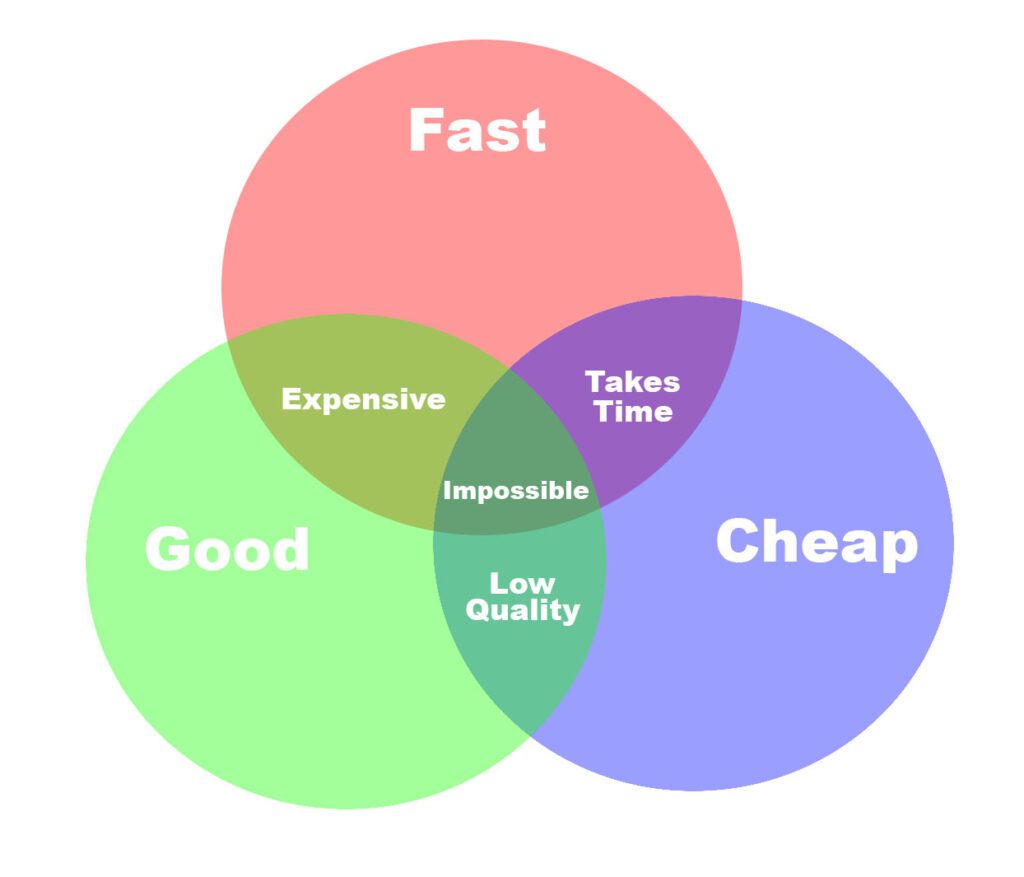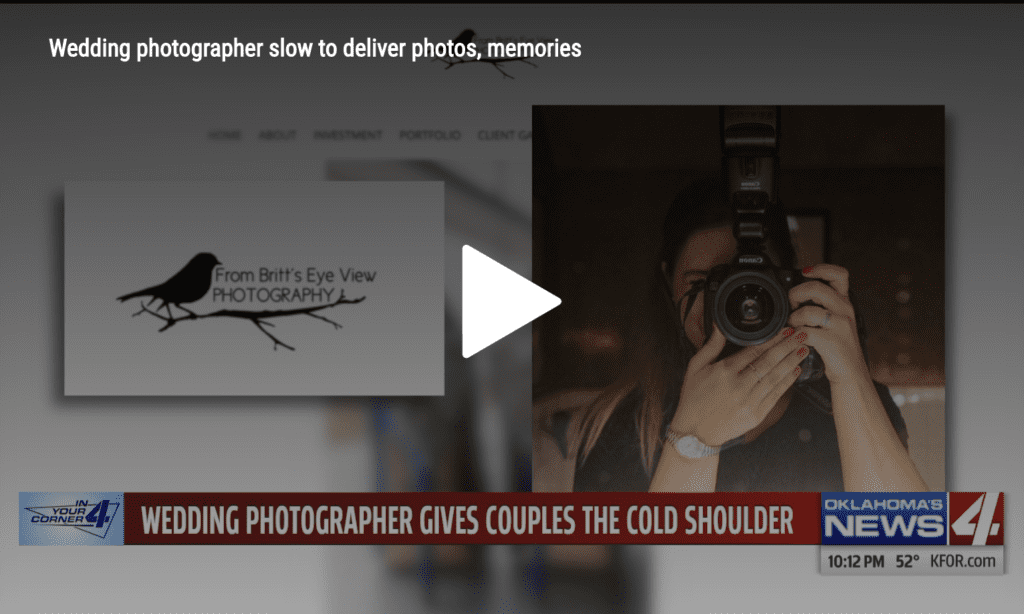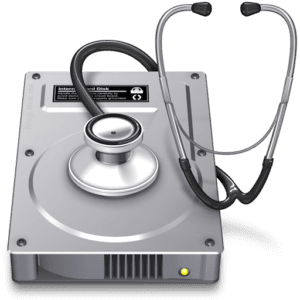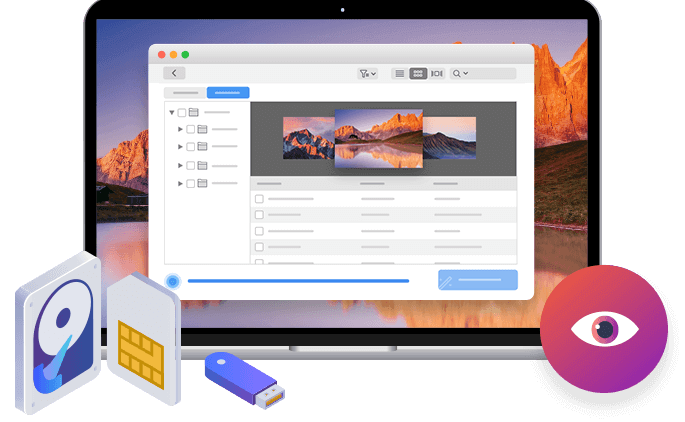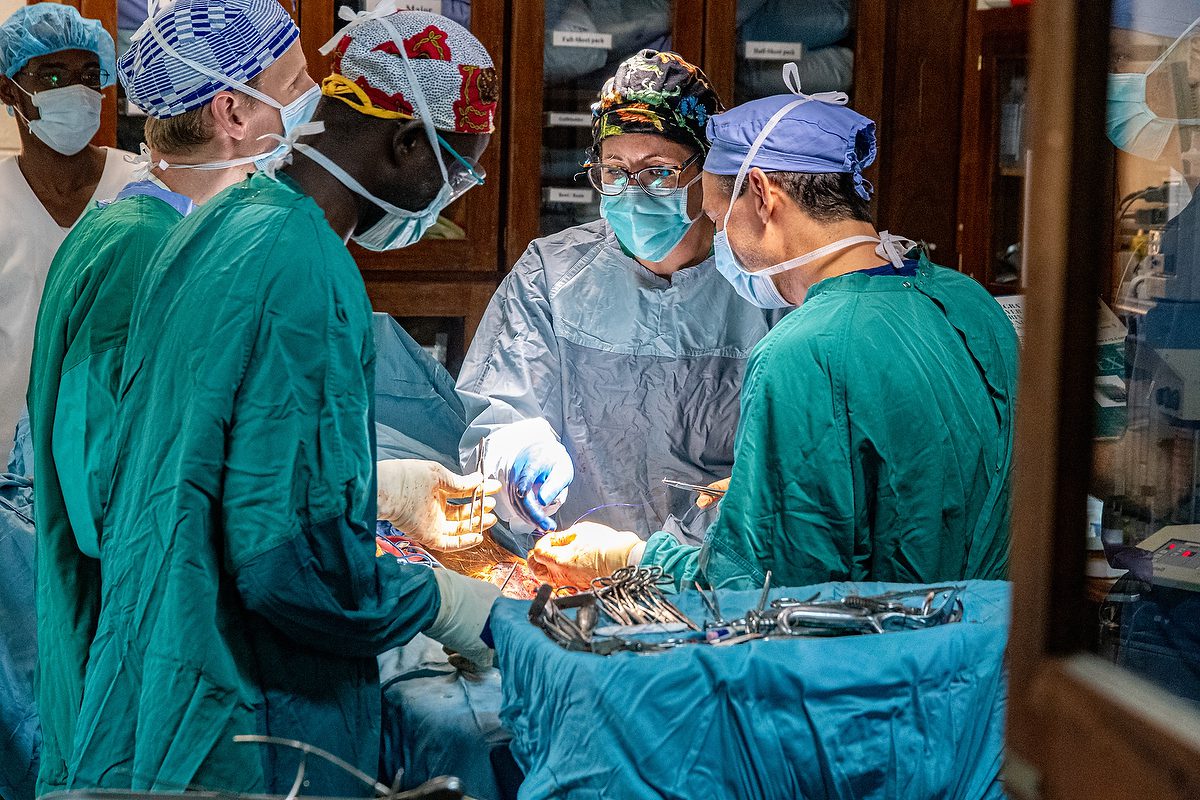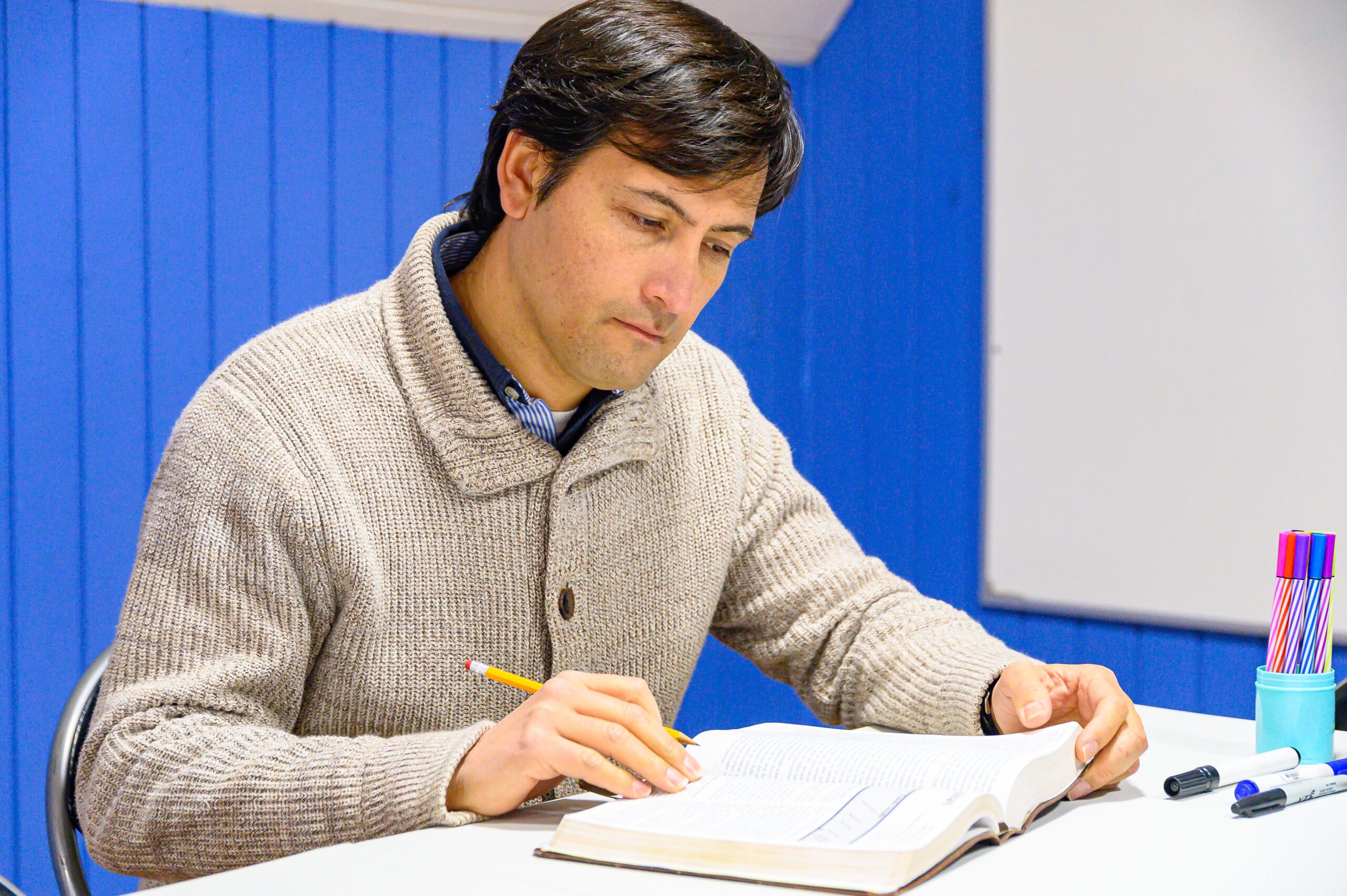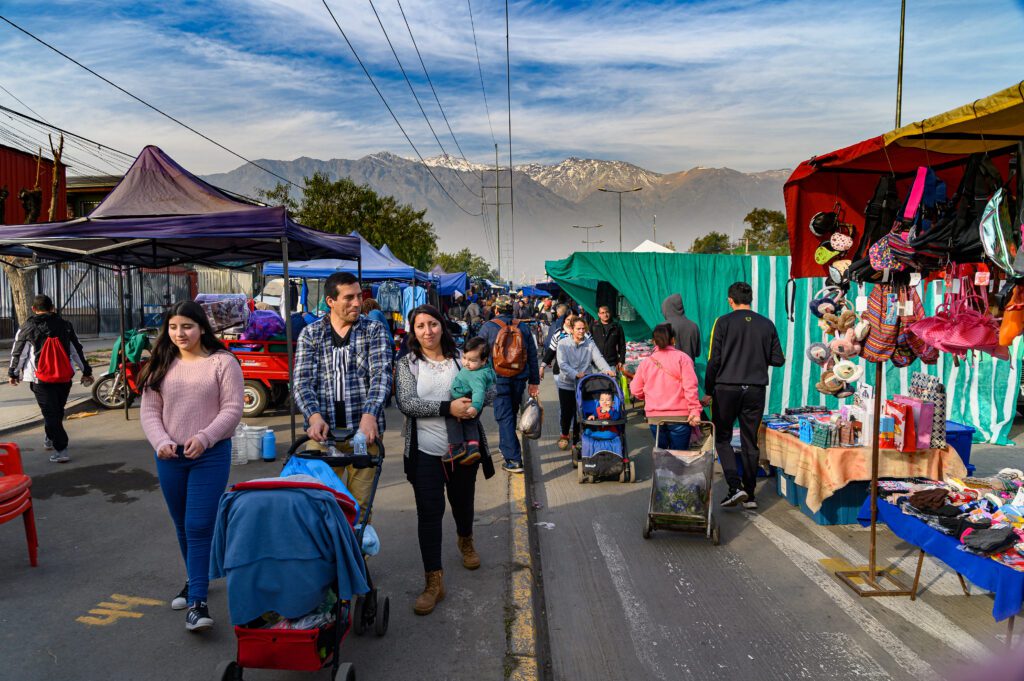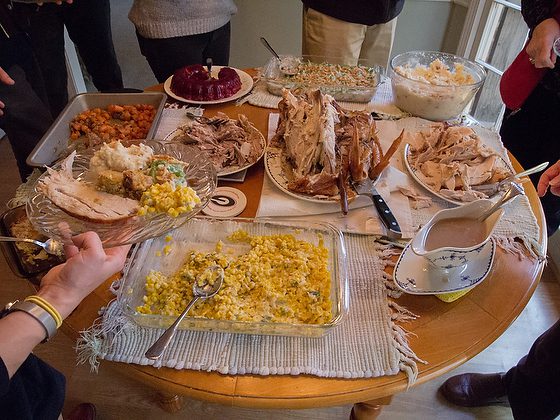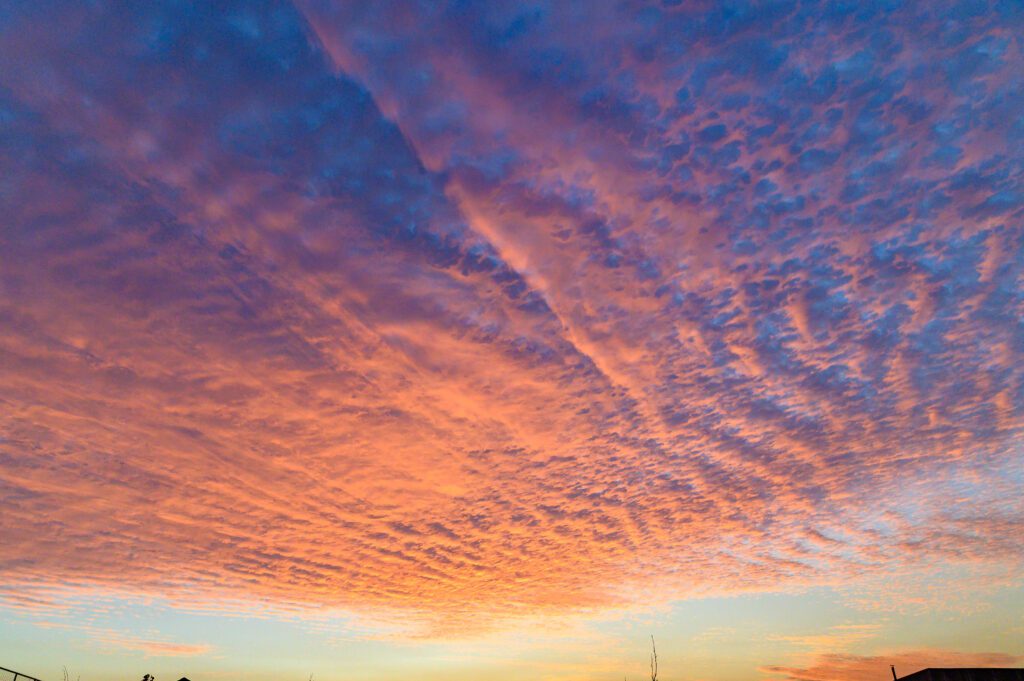While Mark Johnson was interviewing Dave Labelle during Photo Night @ The Grady College of Journalism & Mass Communications, University of Georgia, he joked that this might sound like, “Get off my lawn.”
He was addressing that veteran photojournalist and talking mainly to a room full of college students.
“What would you say is the purpose of photojournalism today?” asked Mark Johnson of Labelle.
Labelle said, “Humans are still the same.” He explained that while the technology to tell stories has evolved, storytelling has always been here. “Visual storytelling has also always been here, ” Labelle said. Storytellers had always used words to paint pictures, even before there were visuals.
Labelle said that with technology as advanced as it has become today, “The Glory Years are now.”
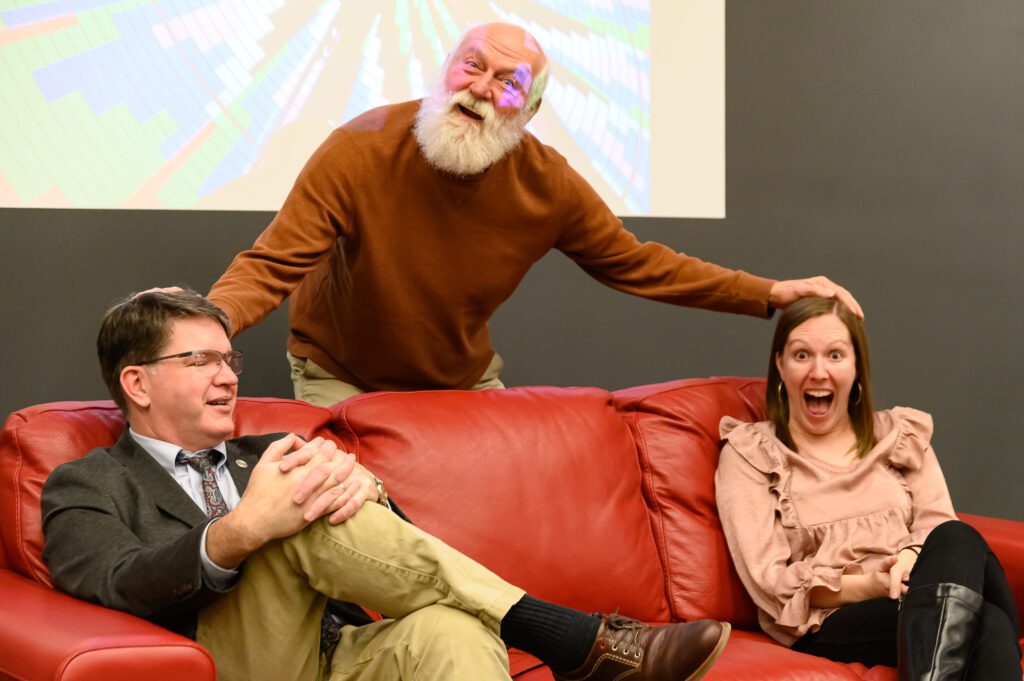
Photo Night was a concept started by Billy Weeks.
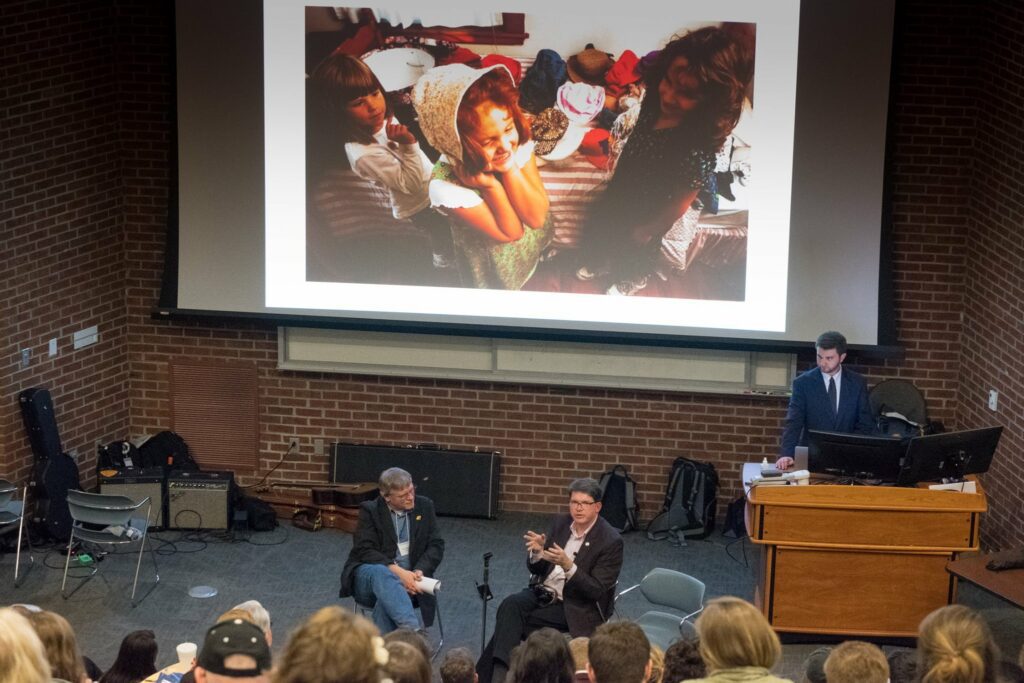

The format is where a photographer is interviewed and brings just three images they want to discuss. Many photographers often ramble, and this format works great. Billy and now Mark can help steer the conversation to the nuggets of wisdom the audience will benefit from the most.
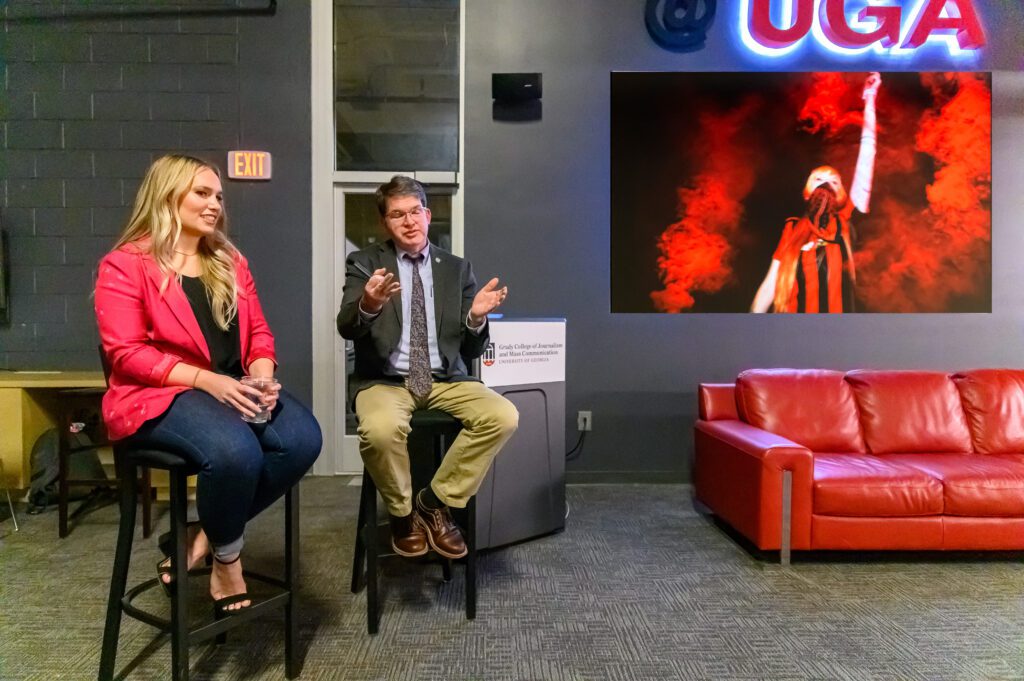
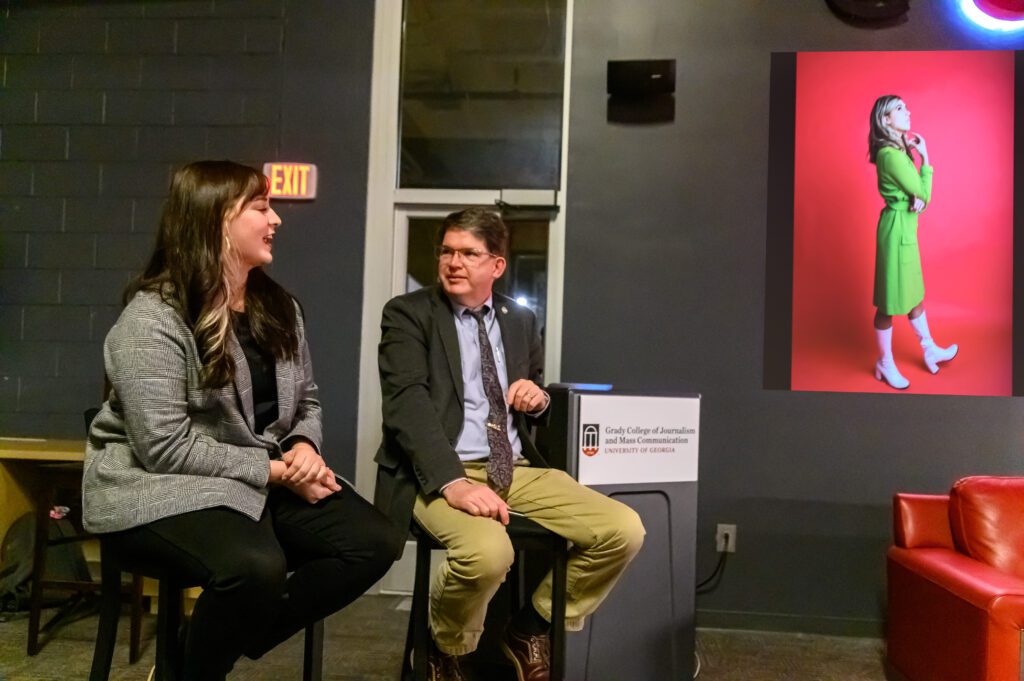
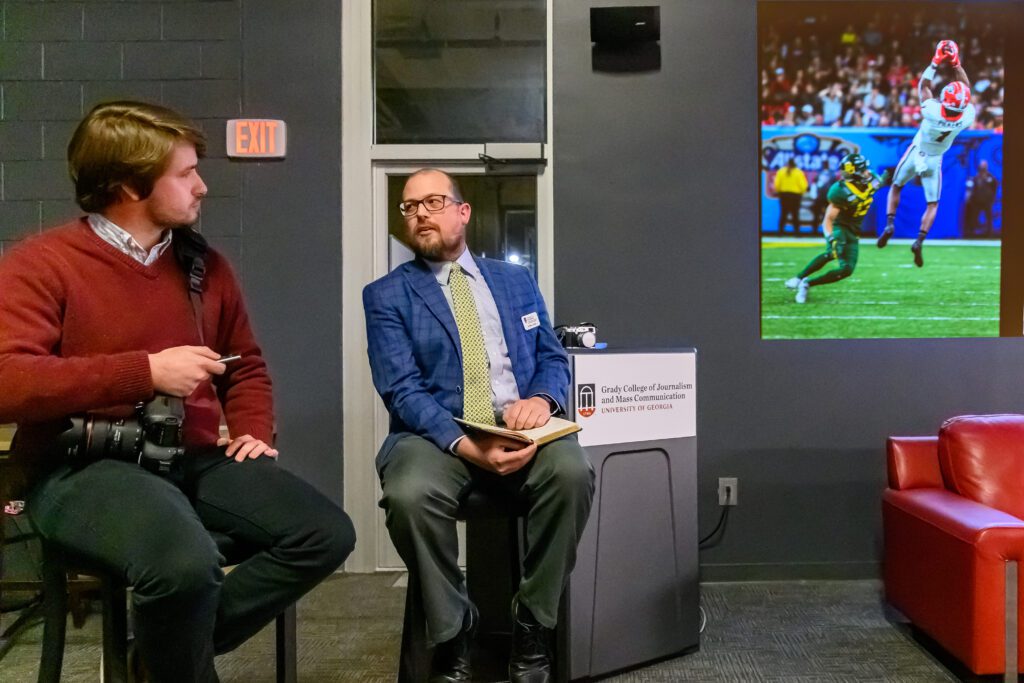
Here are some of the tidbits that I considered gems from Dave Labelle worth sharing with you.
Labelle said to the students, “You are acquiring skills now from your classes for a job in the future you don’t even know about.”
“Calm seas never made a sea captain.” He said that if you have a lot of privilege, you don’t learn as much as when you struggle in life experiences.
I asked Labelle if there was a reason they could see the story before they talked to people? He said that he grew up with a father who got angry and would go into rages. He said his wife thinks that his background made him good at reading people and situations from a pure survival mode.
Mark Johnson asked Labelle, “How do you help today’s generation look up and out from their phones?”
“I’m a hugger,” was Labelle’s response. He said he needed to engage with people. The power of human touch is what moves his soul. He said he is never bored because he loves meeting people.
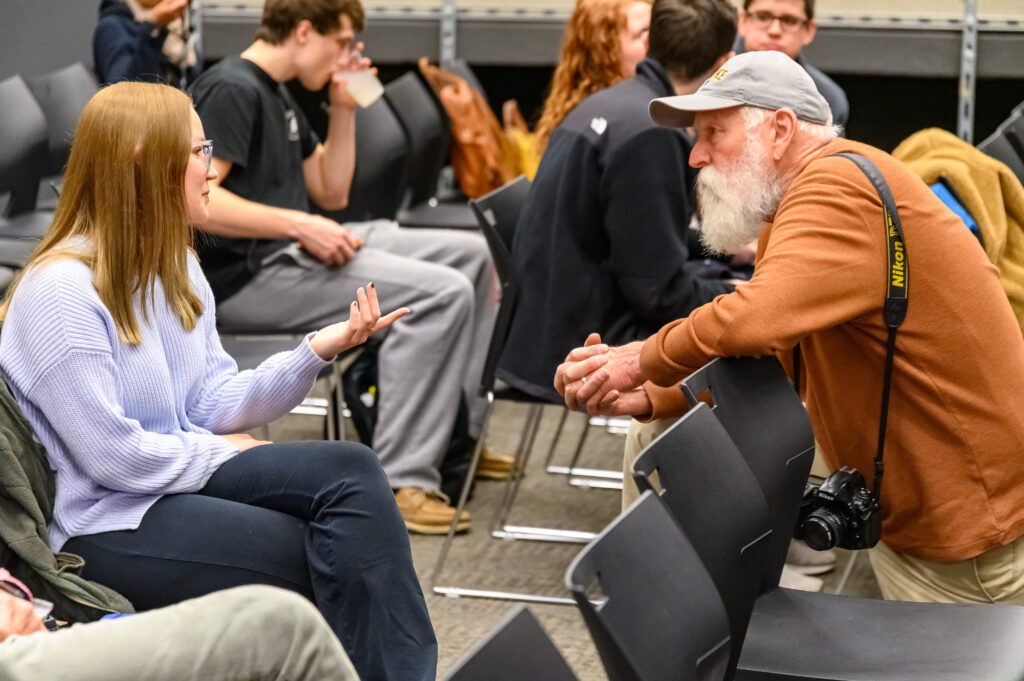
Sharing these stories of people he finds with others is his way of giving hope to people. Hearing and seeing people overcome struggles is his way of showing the world a sense of hope to provide them with purpose.

